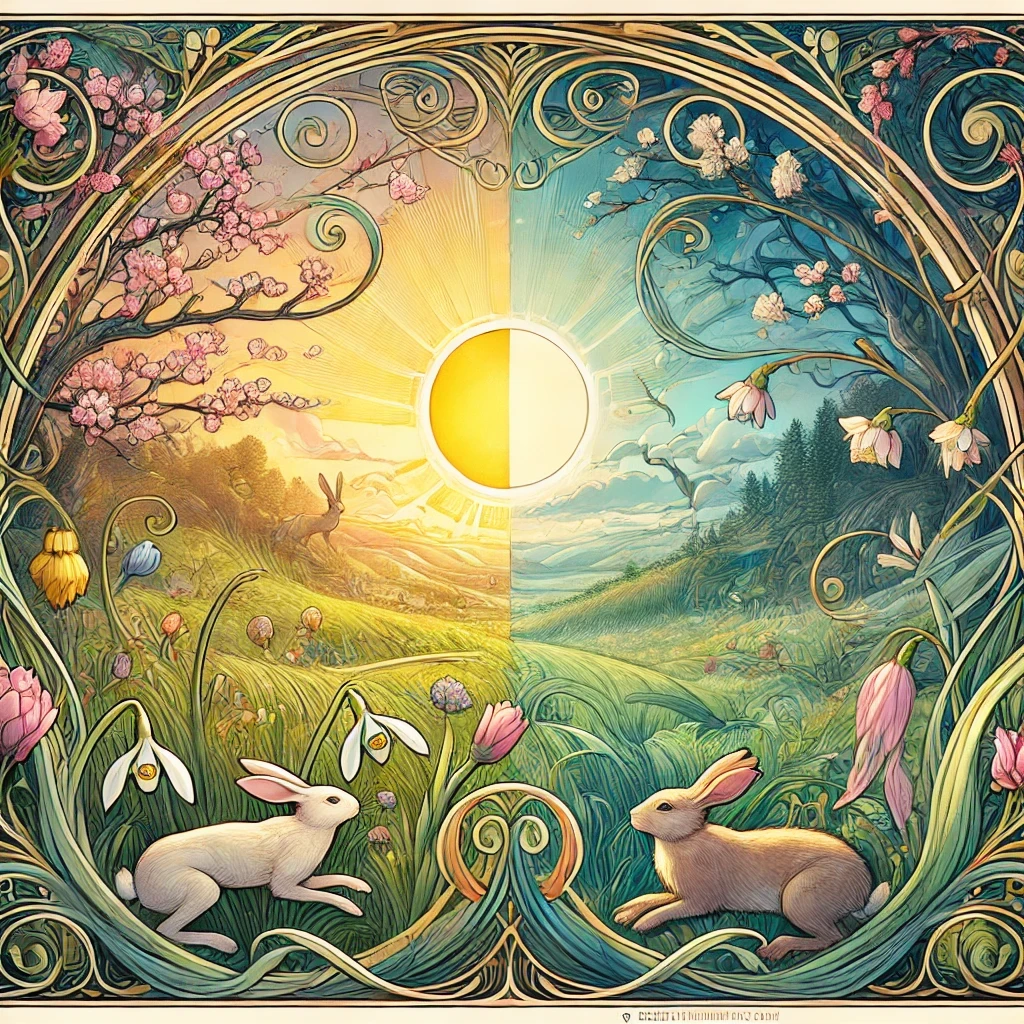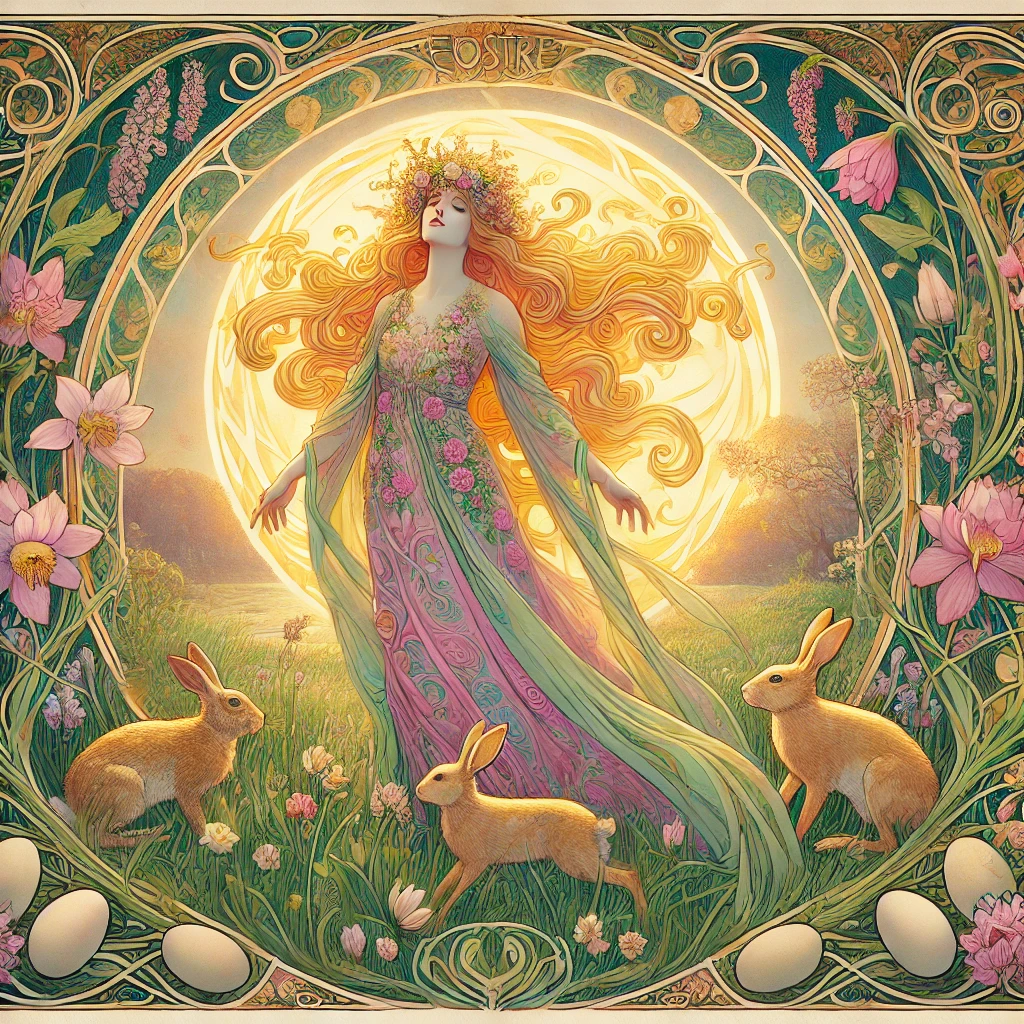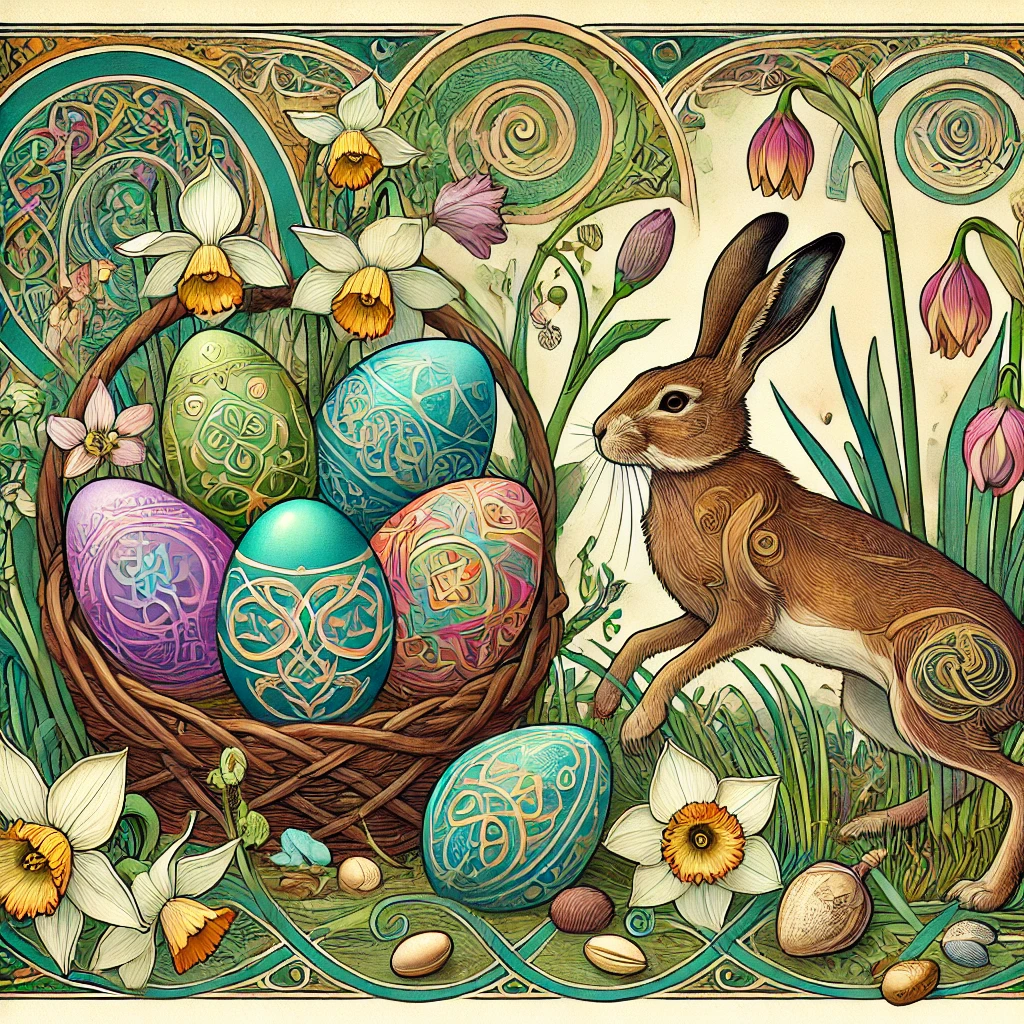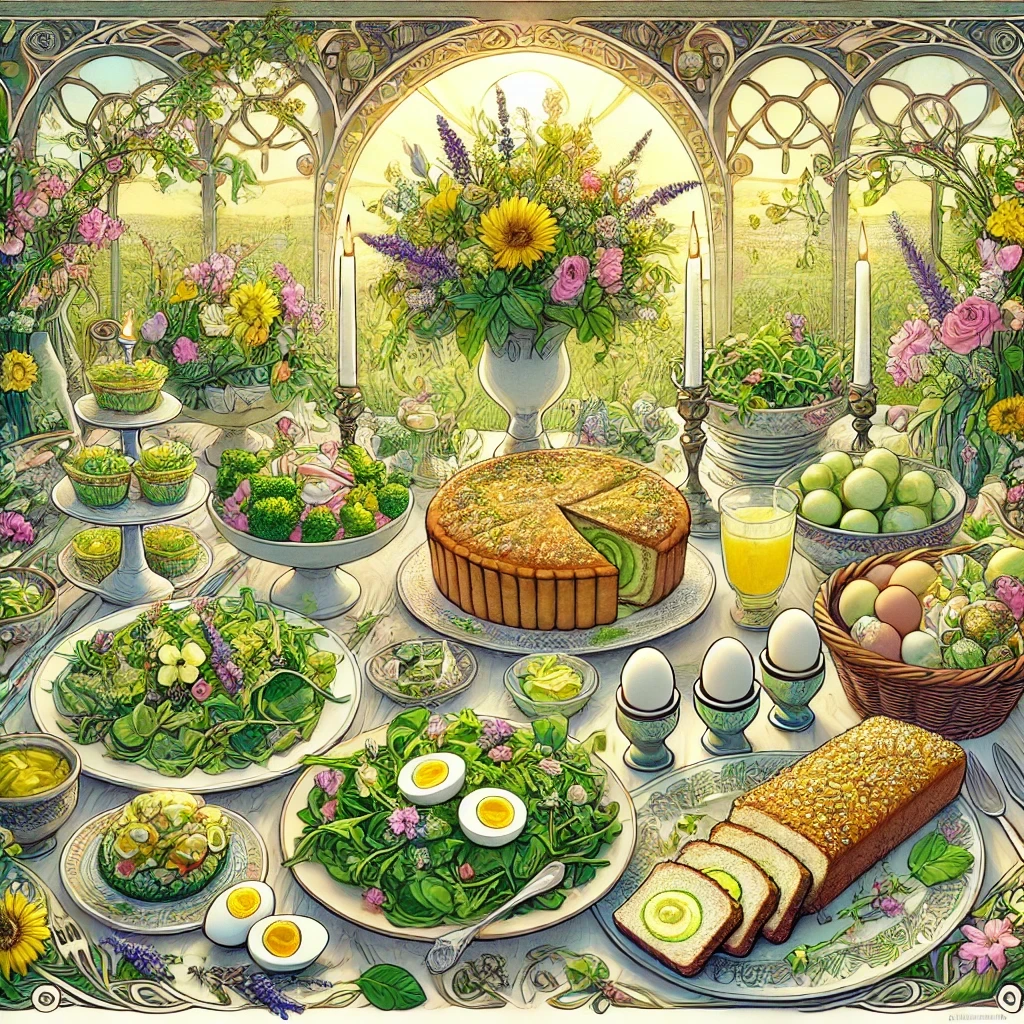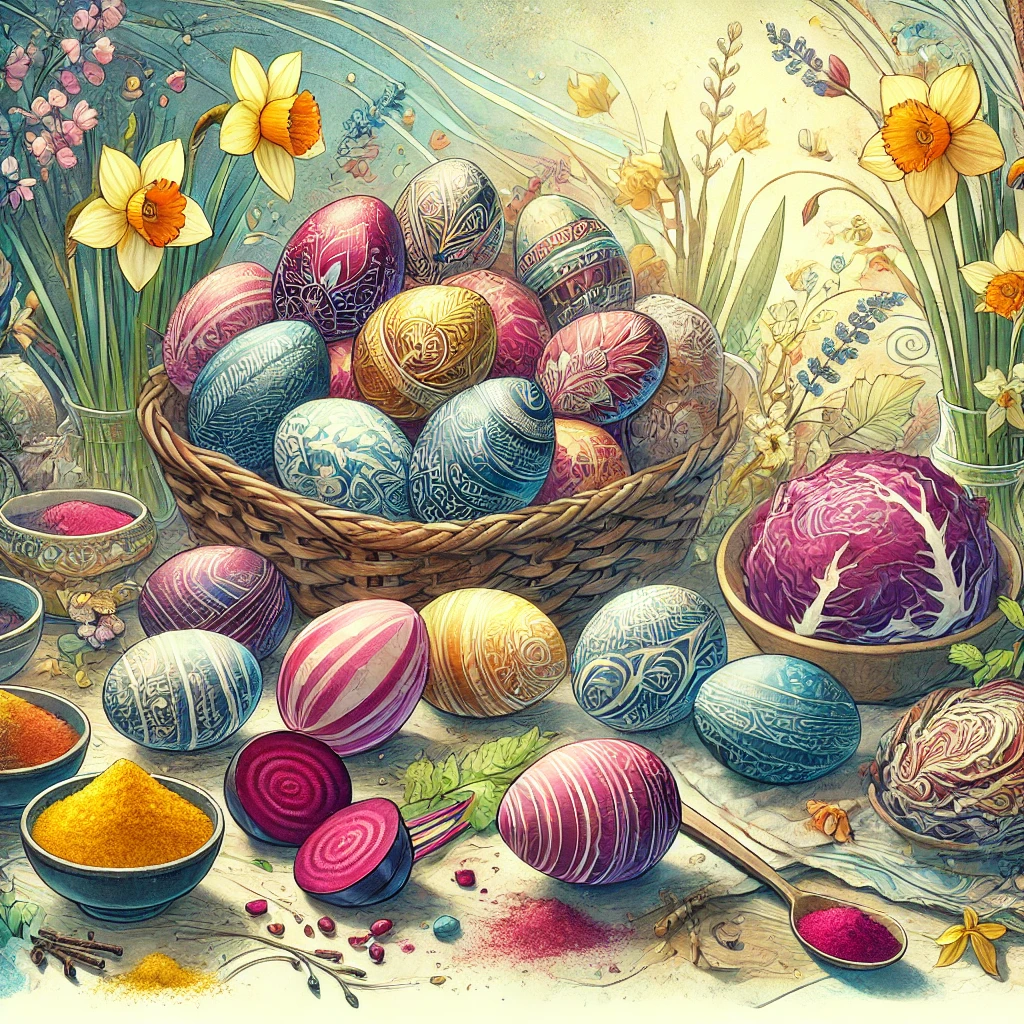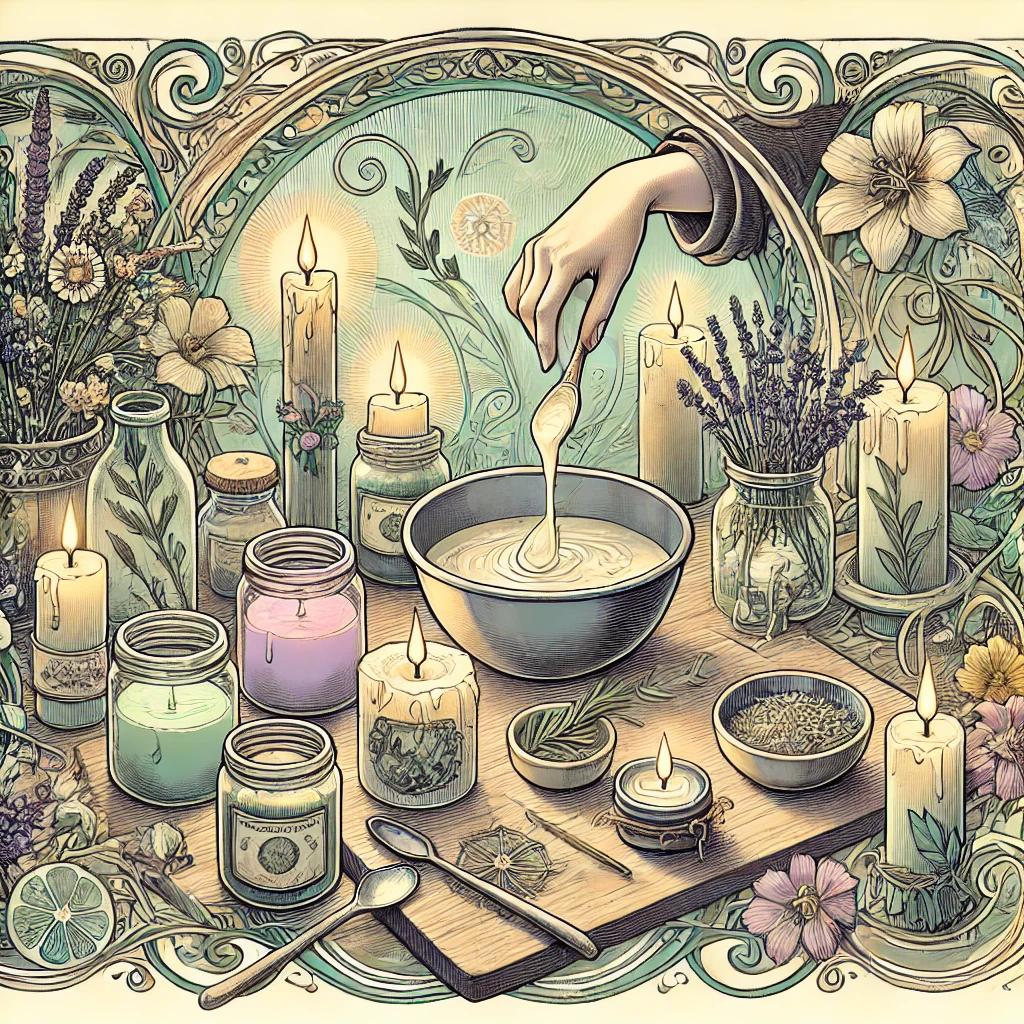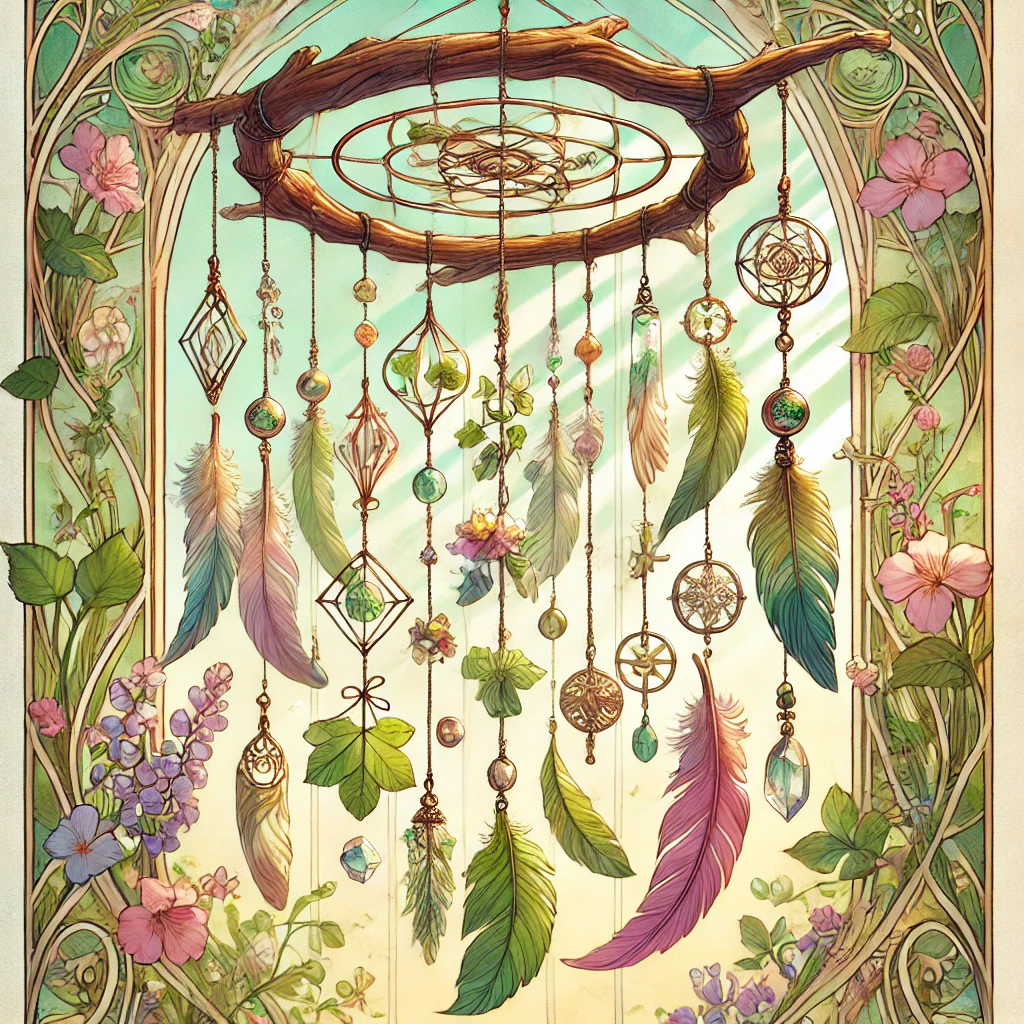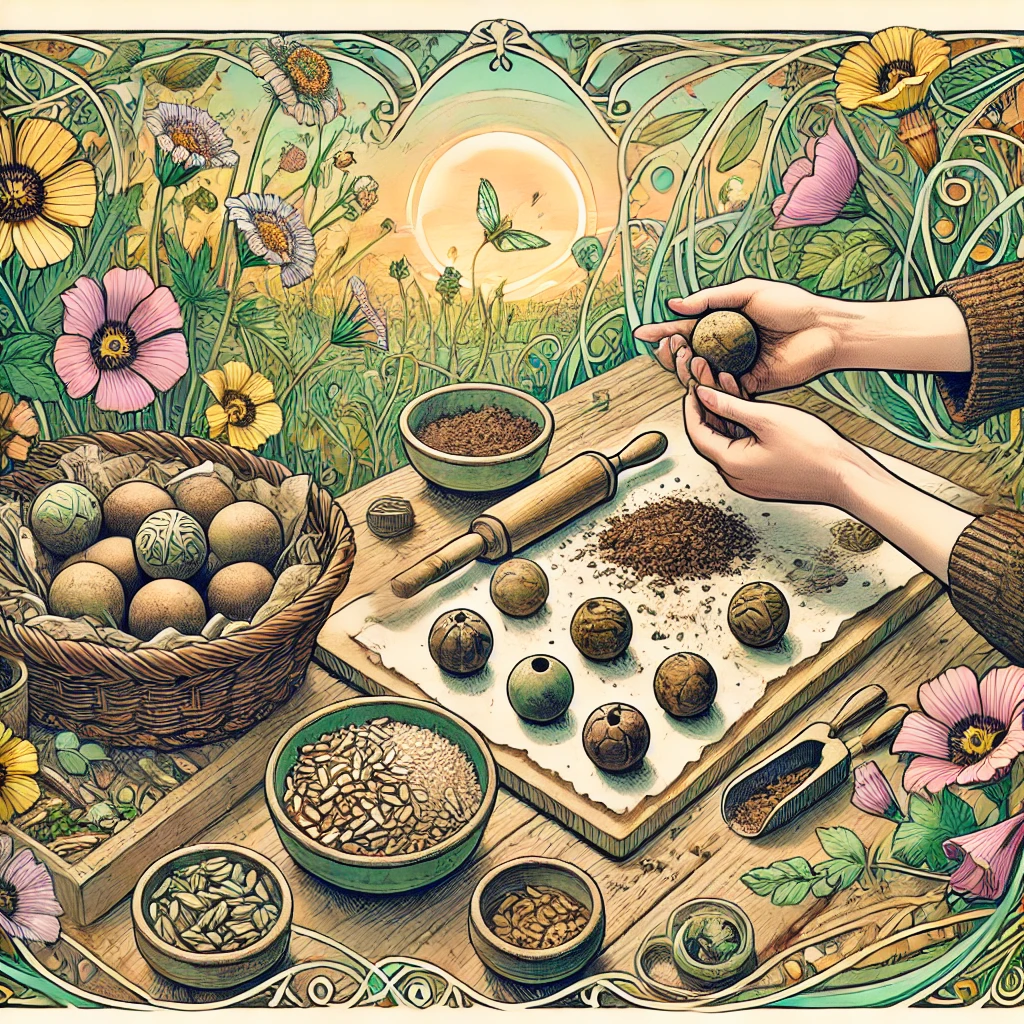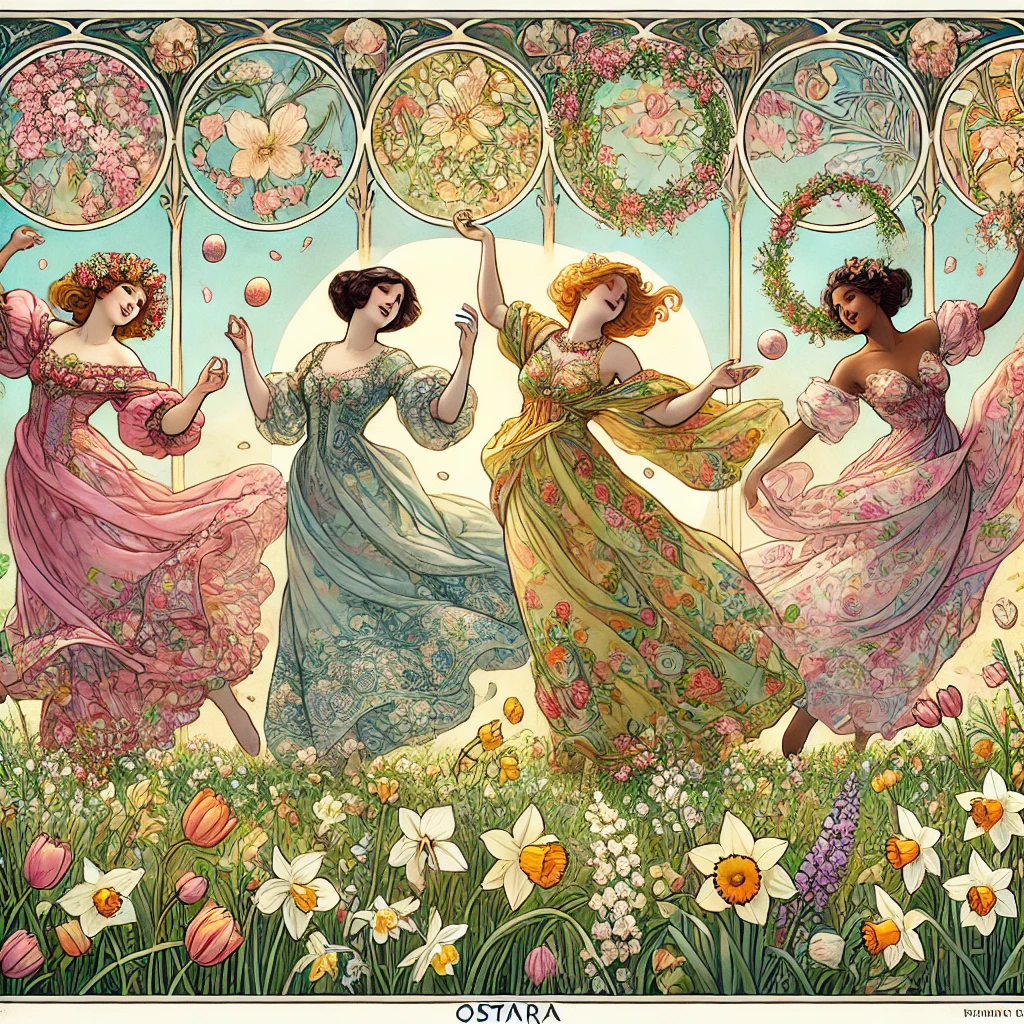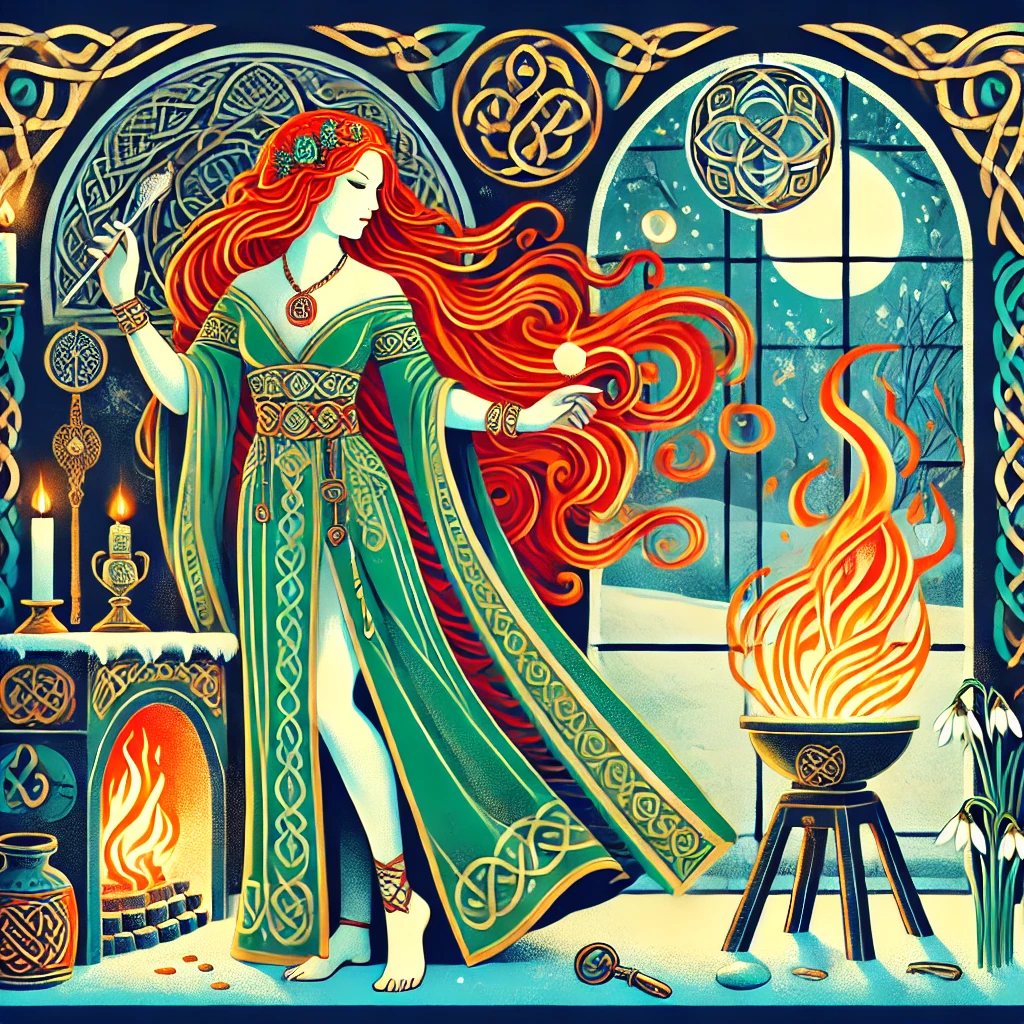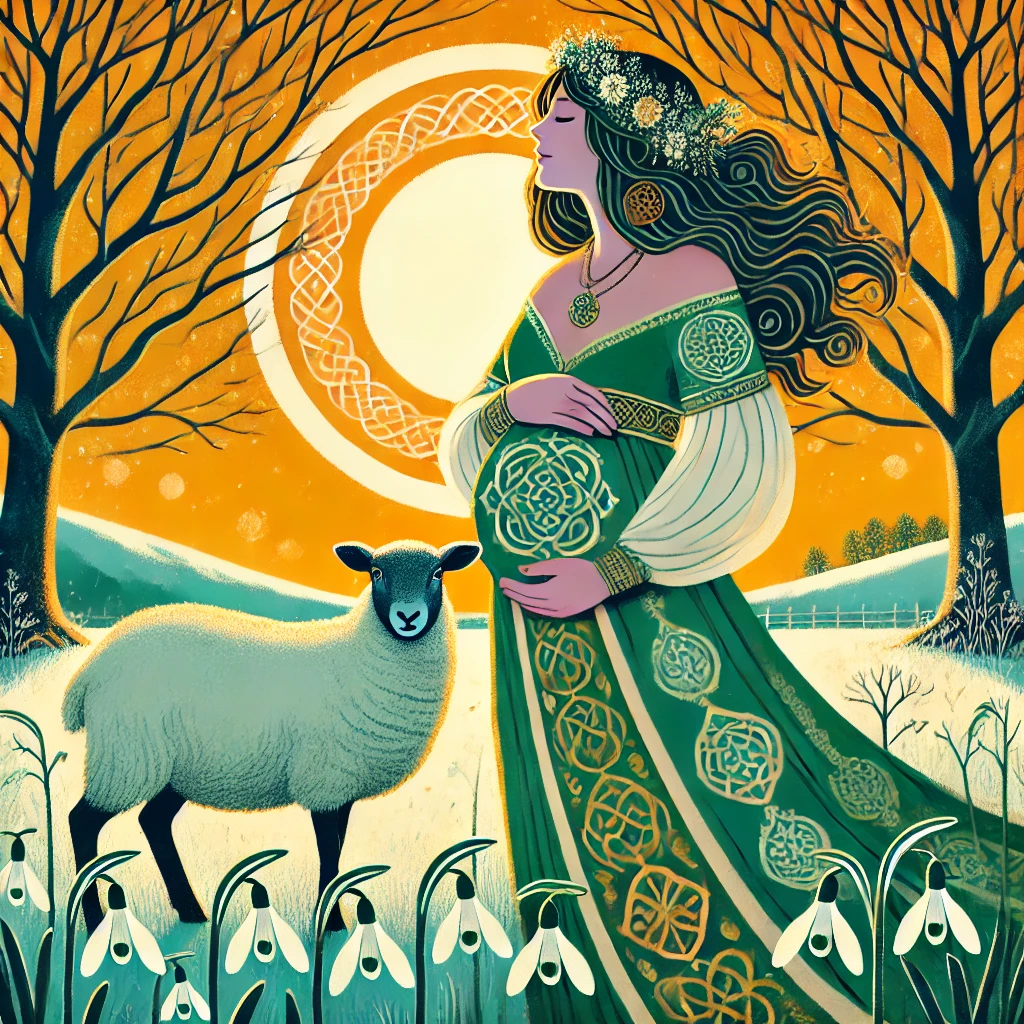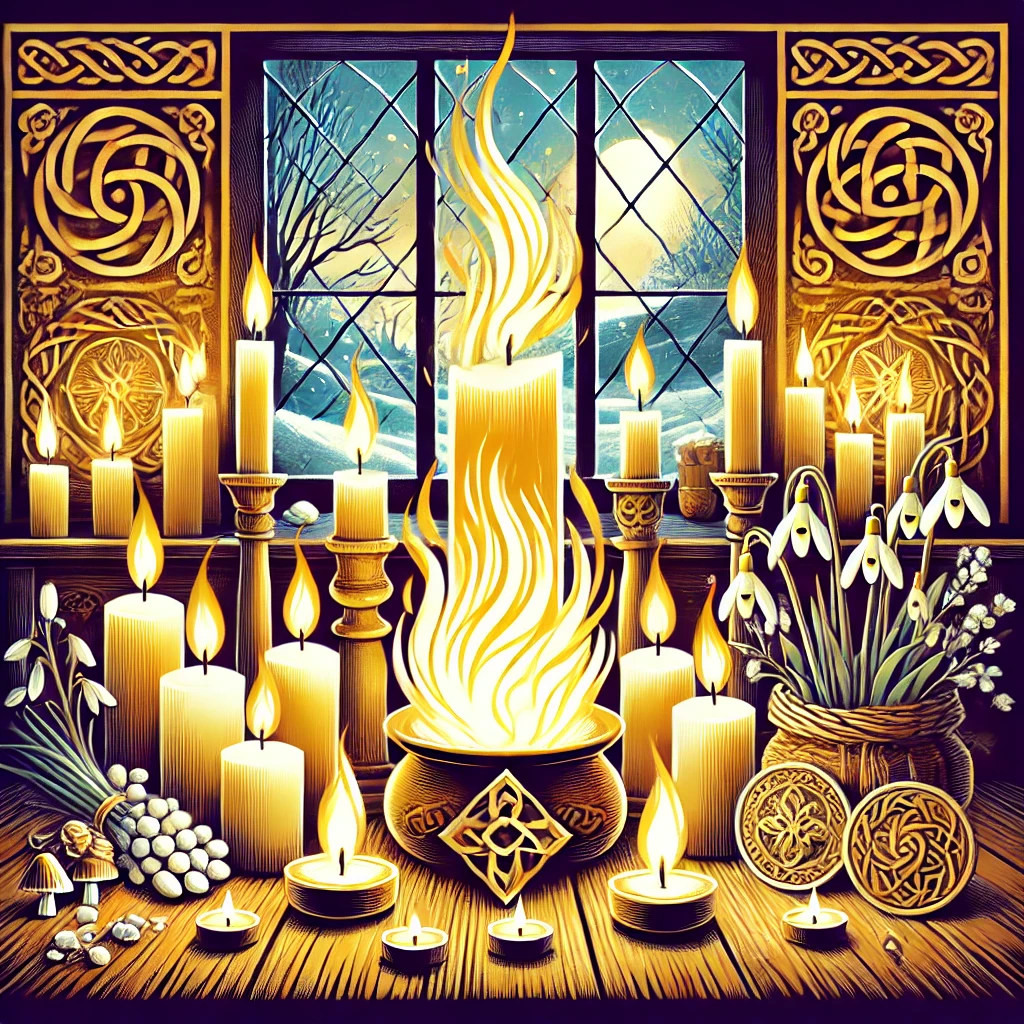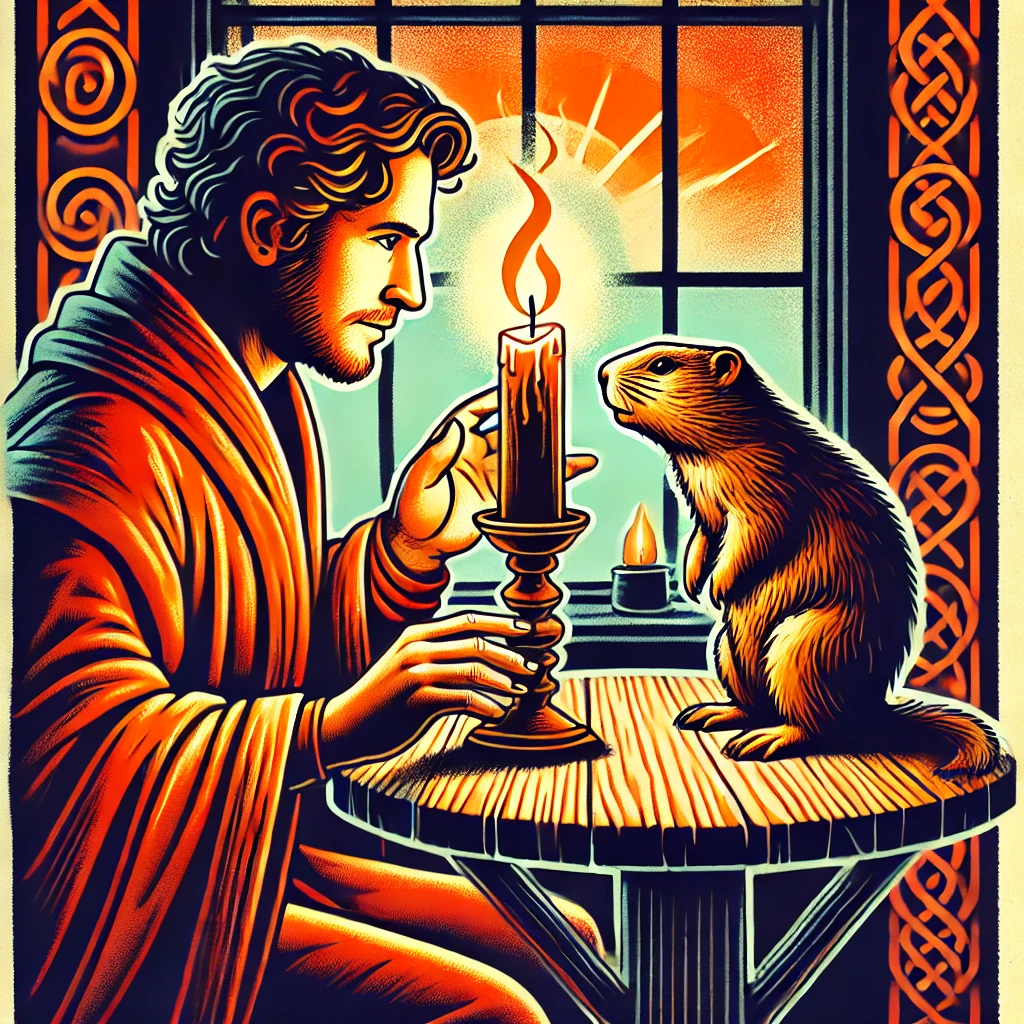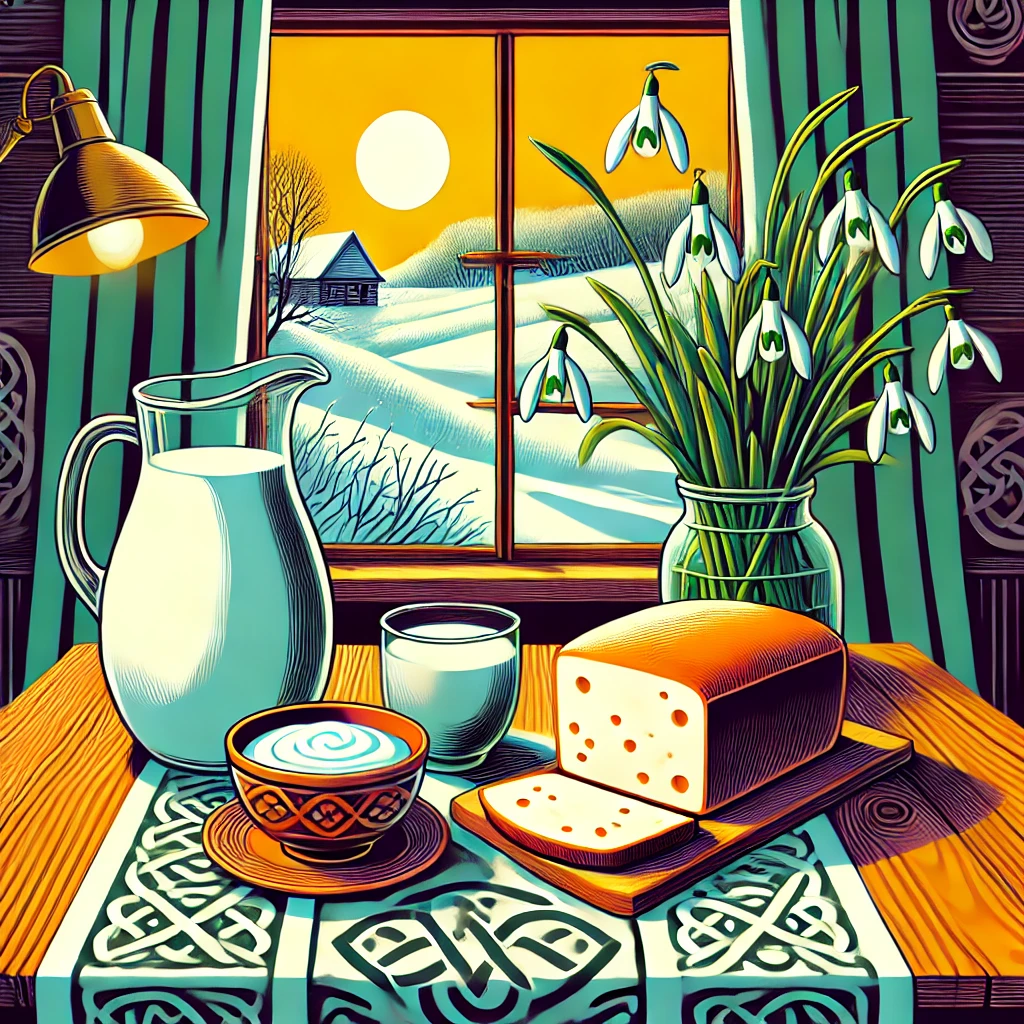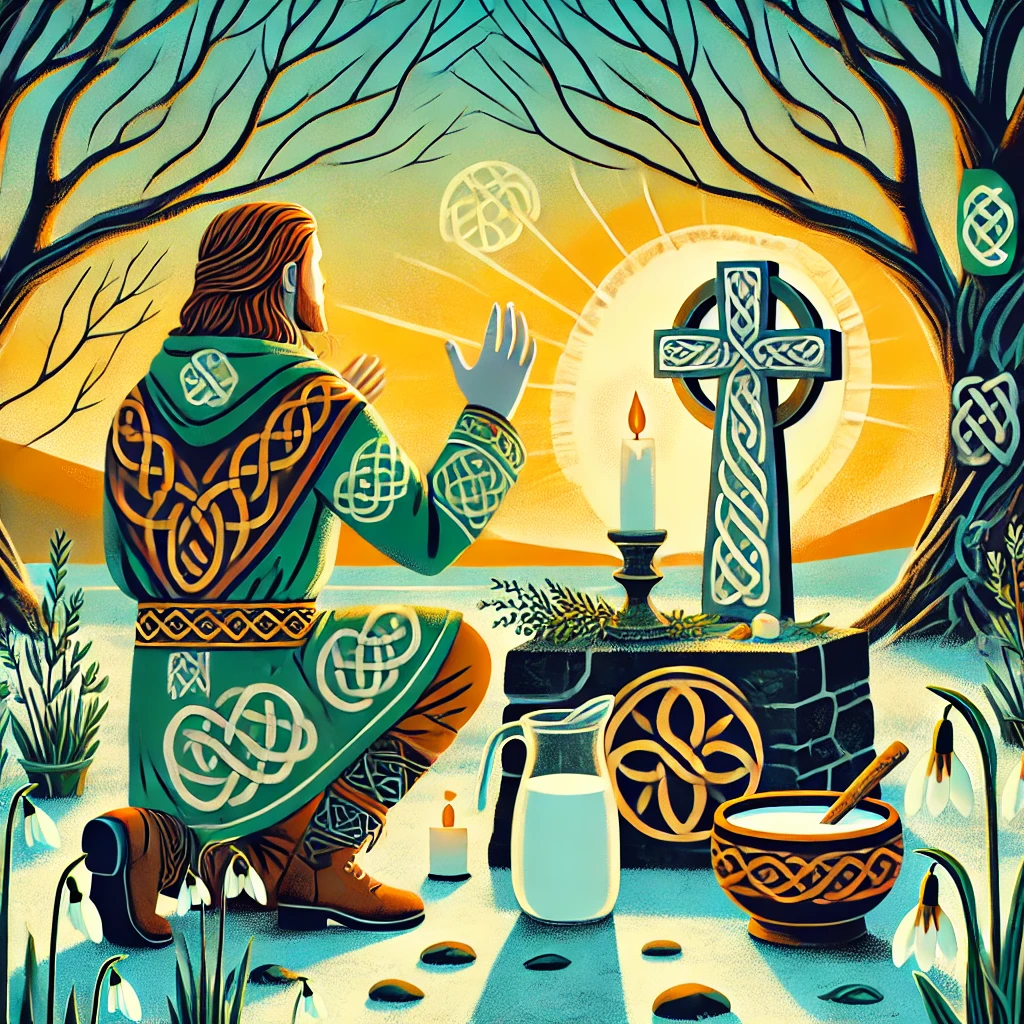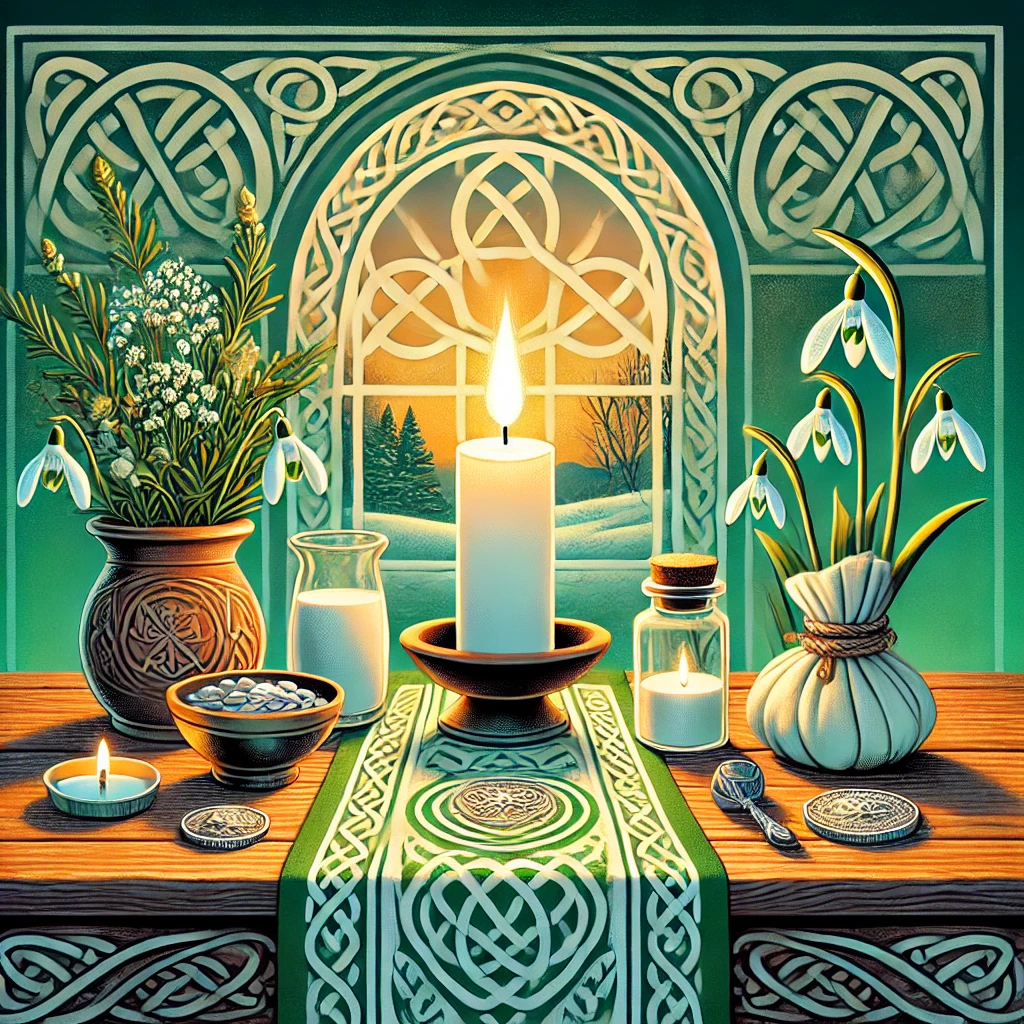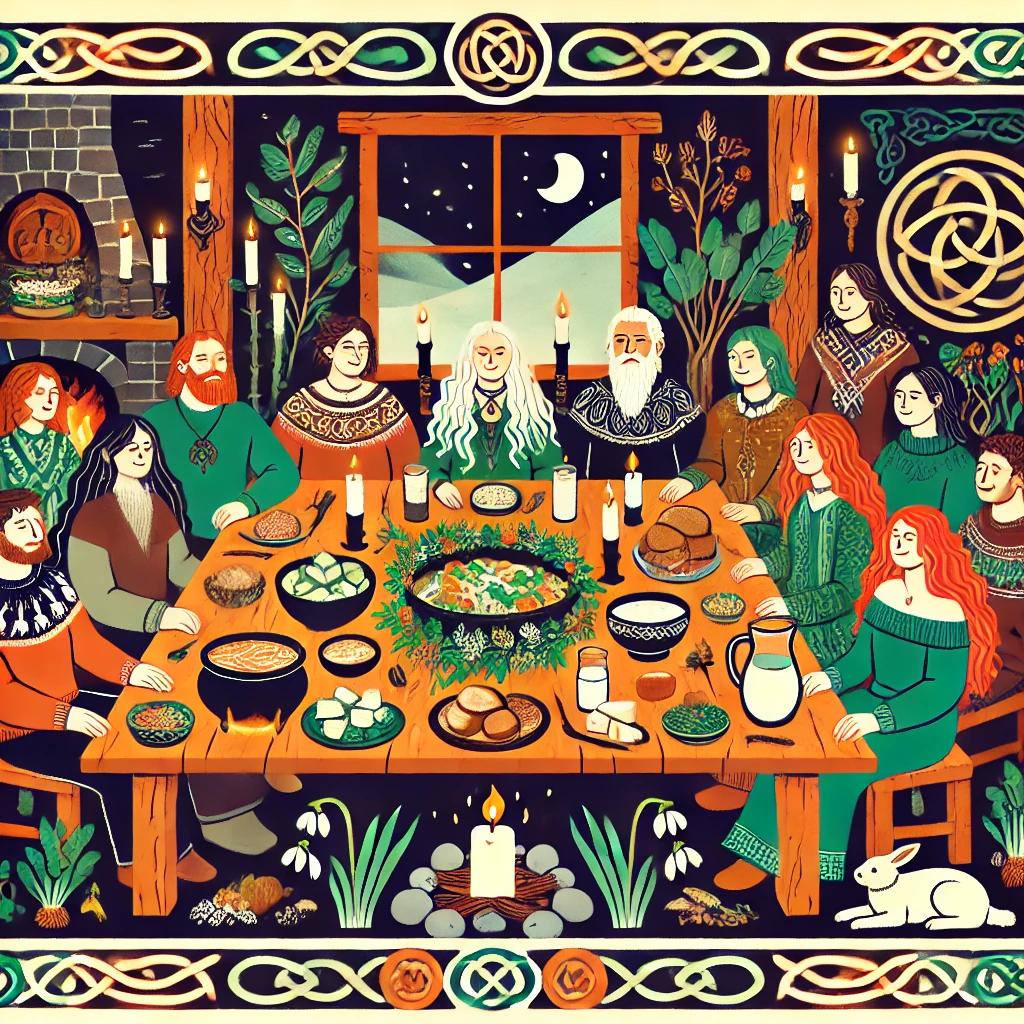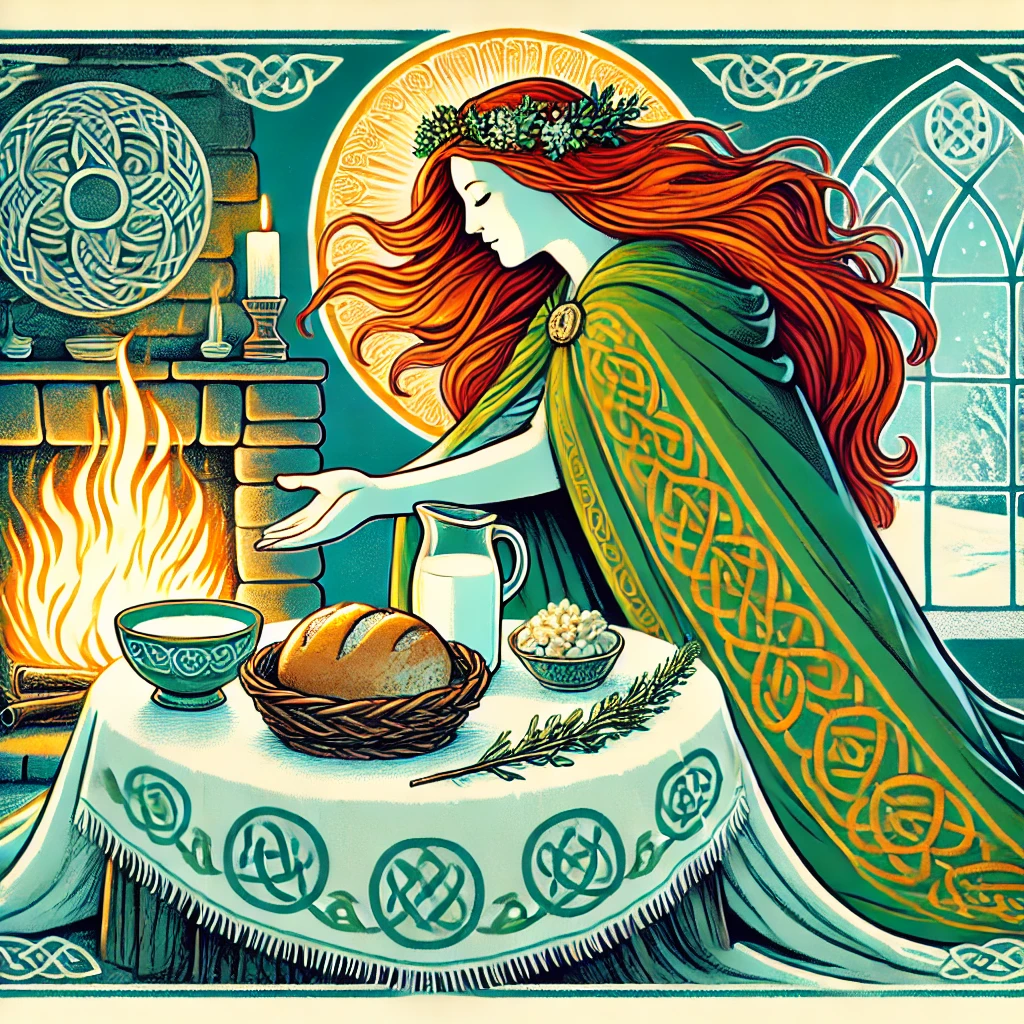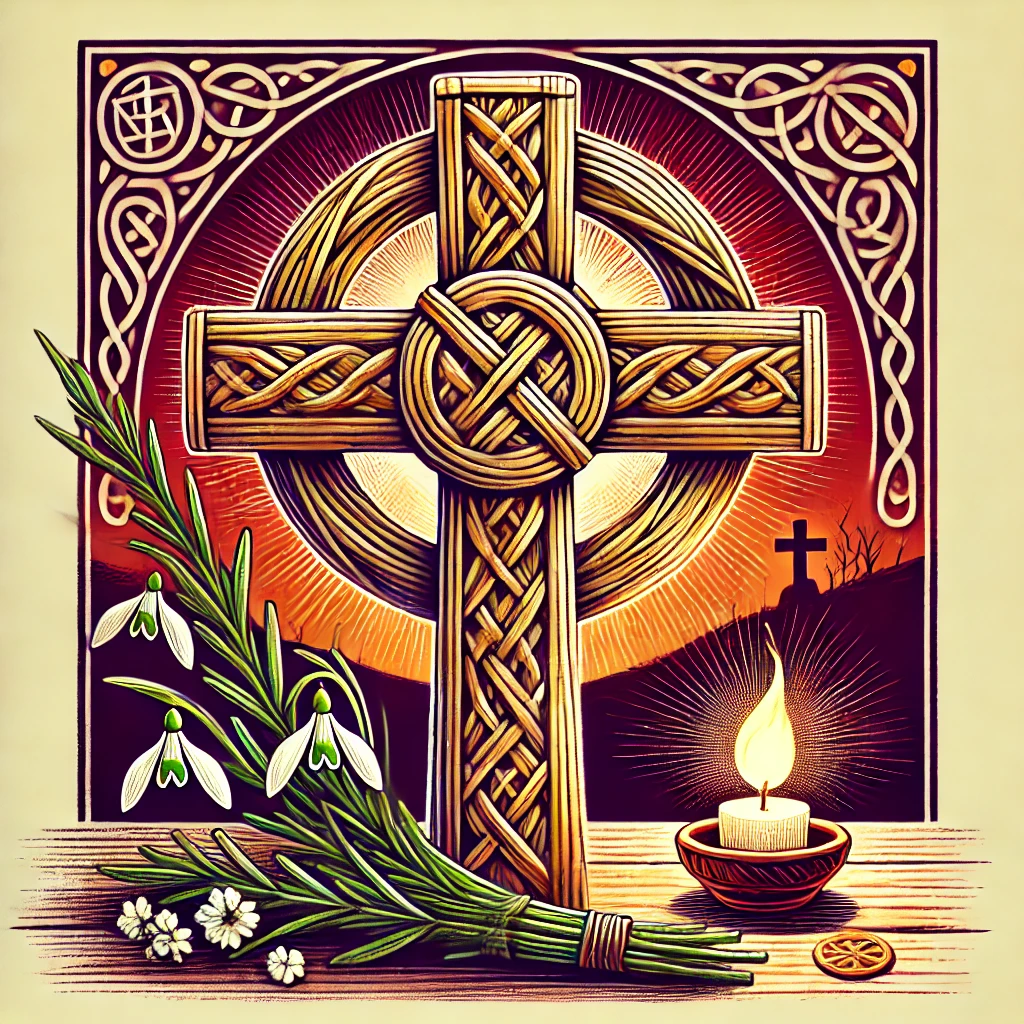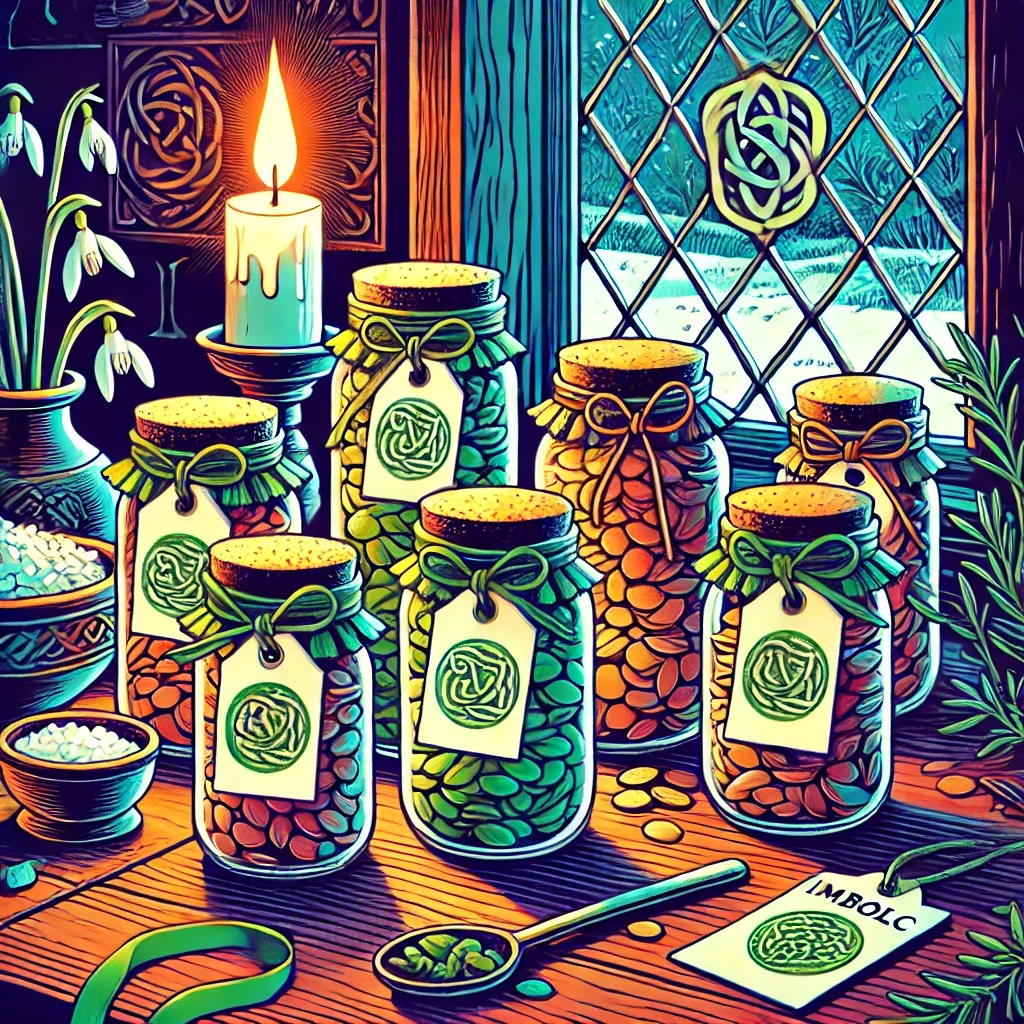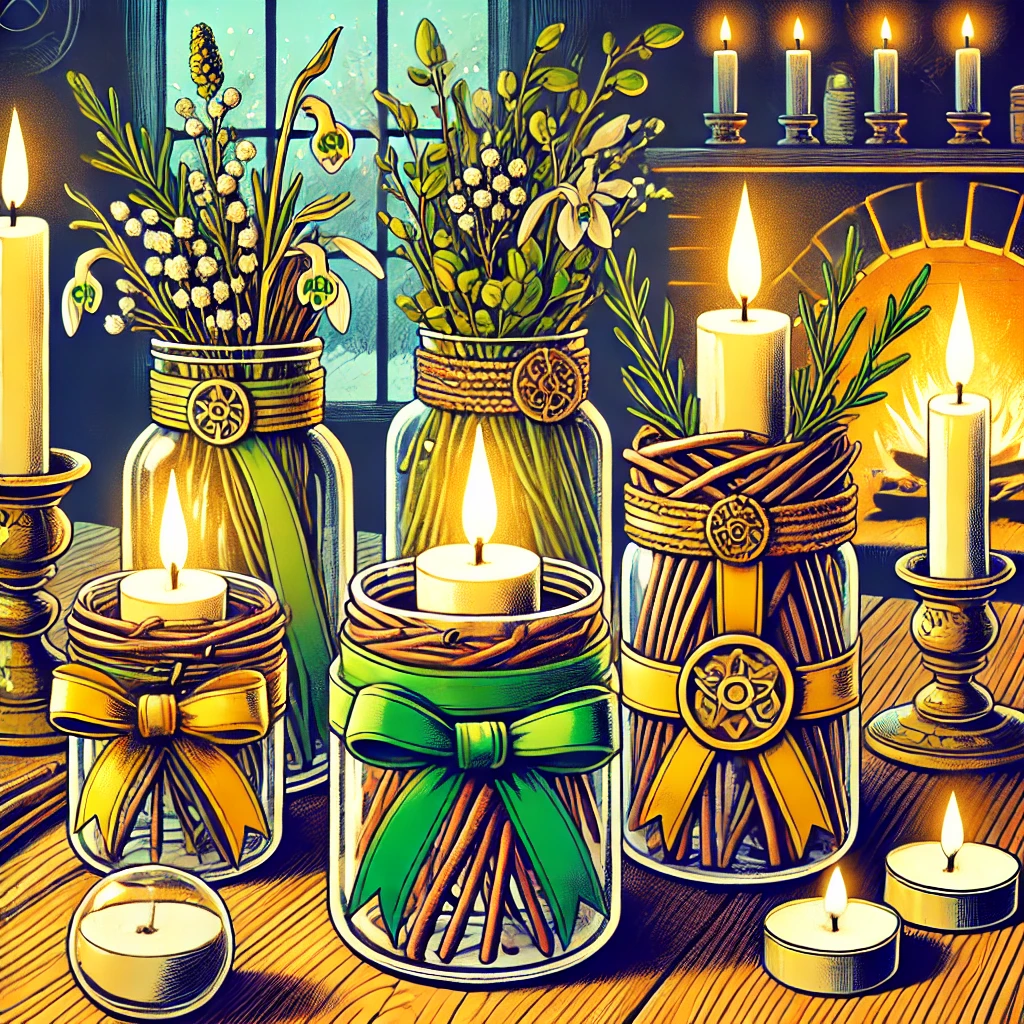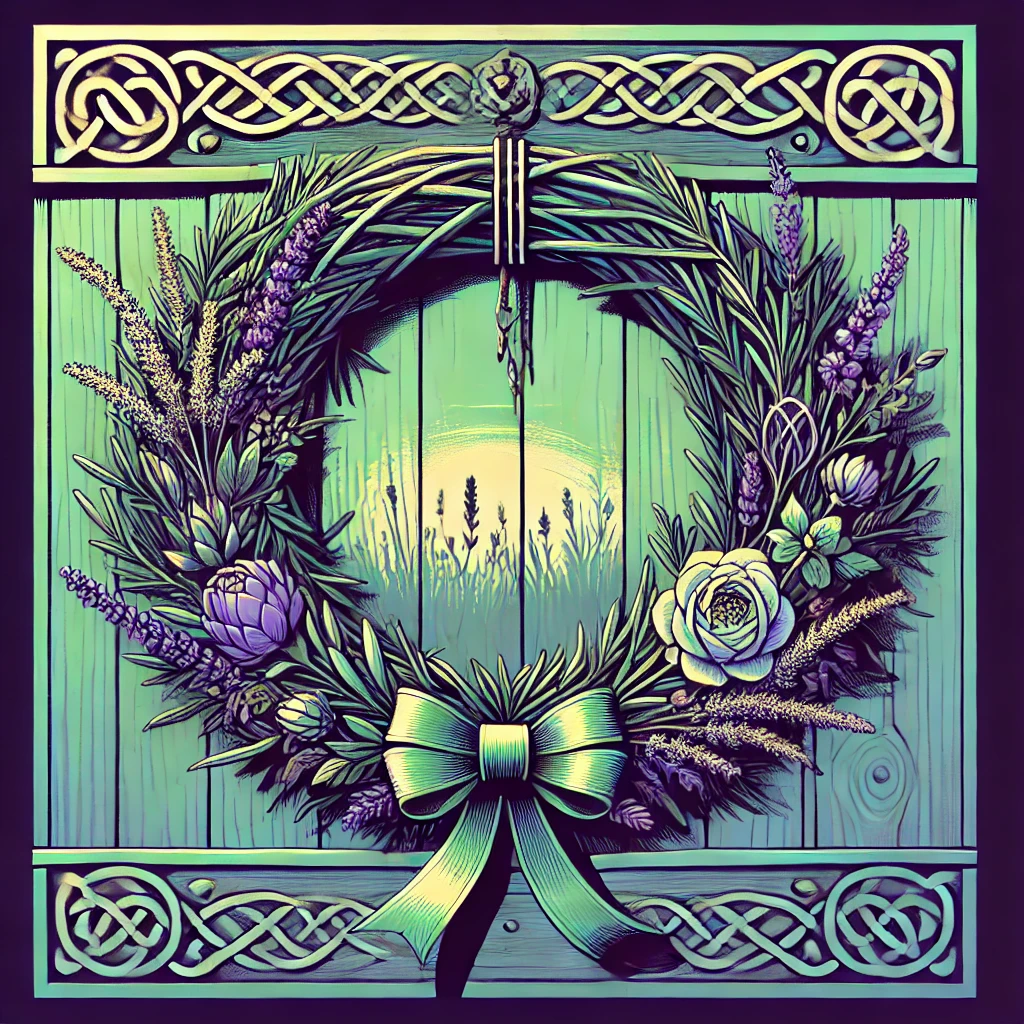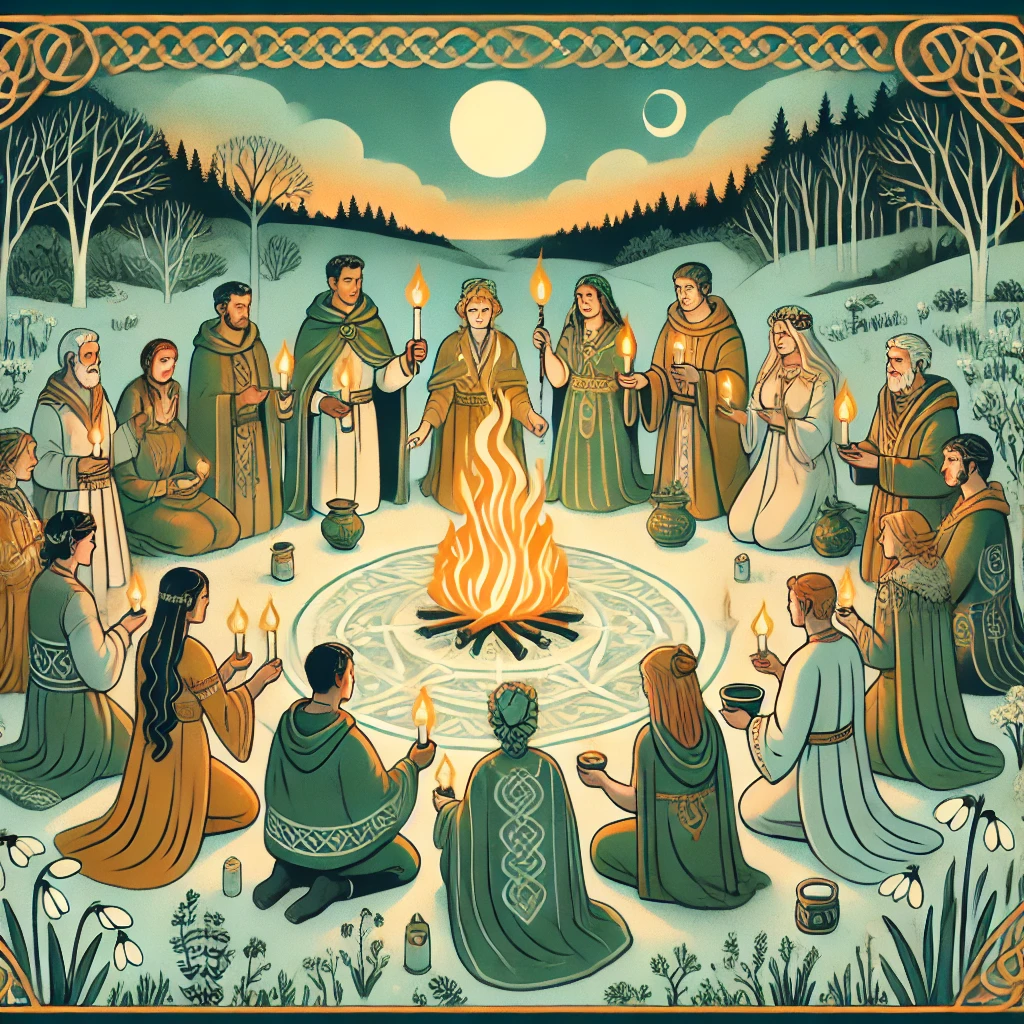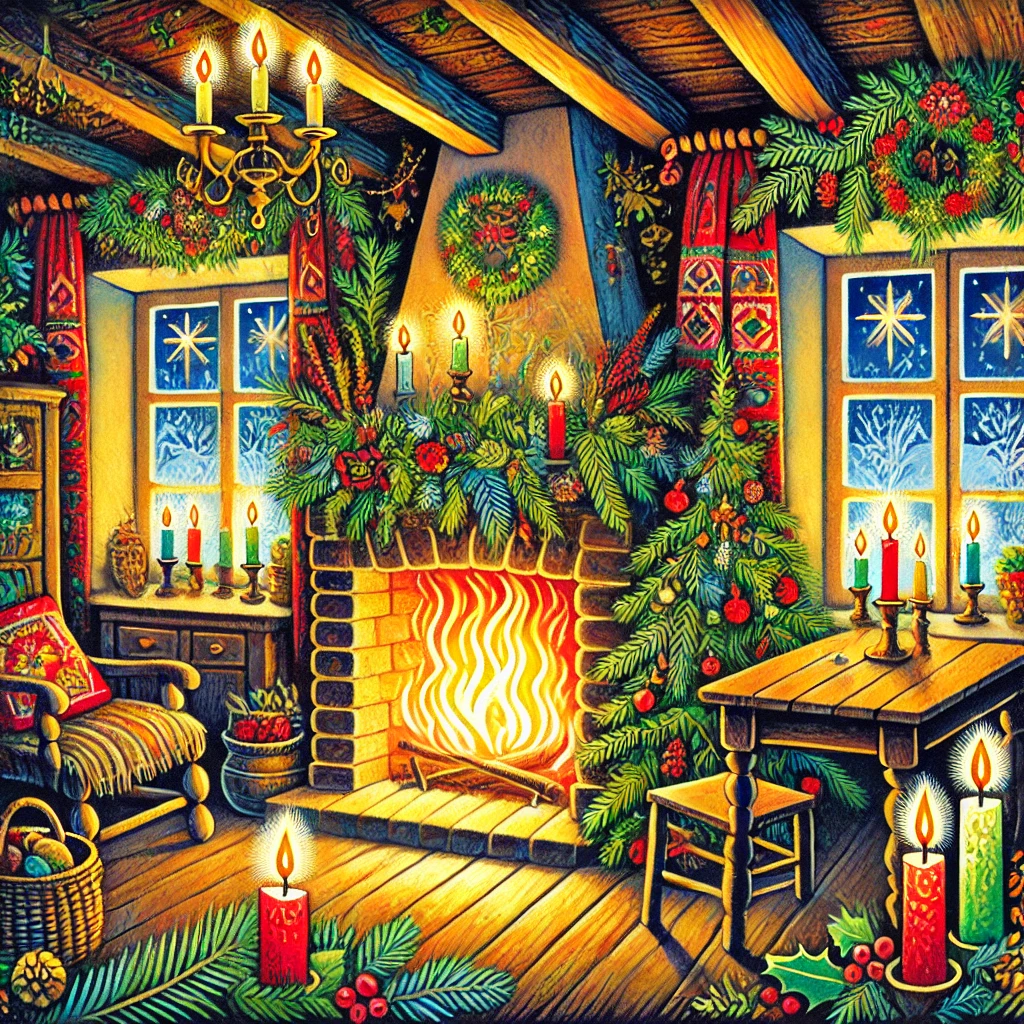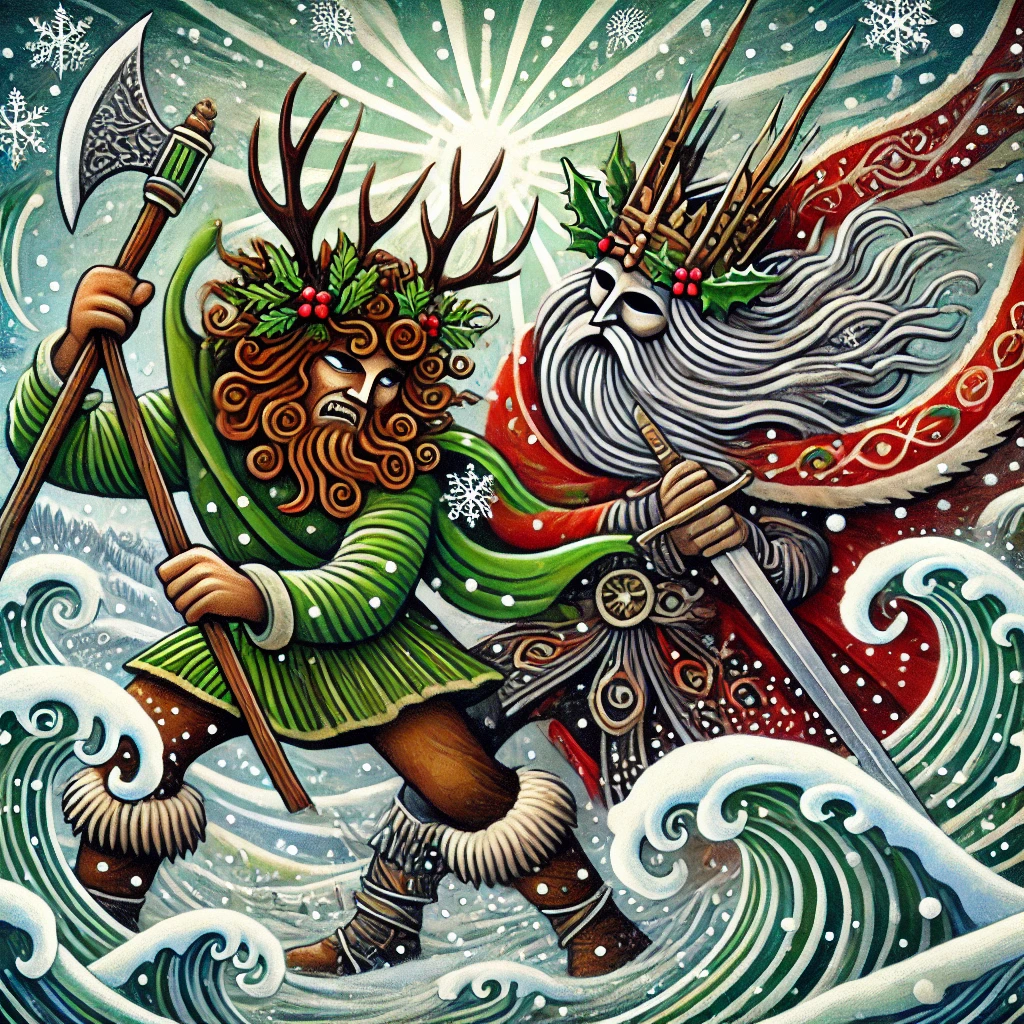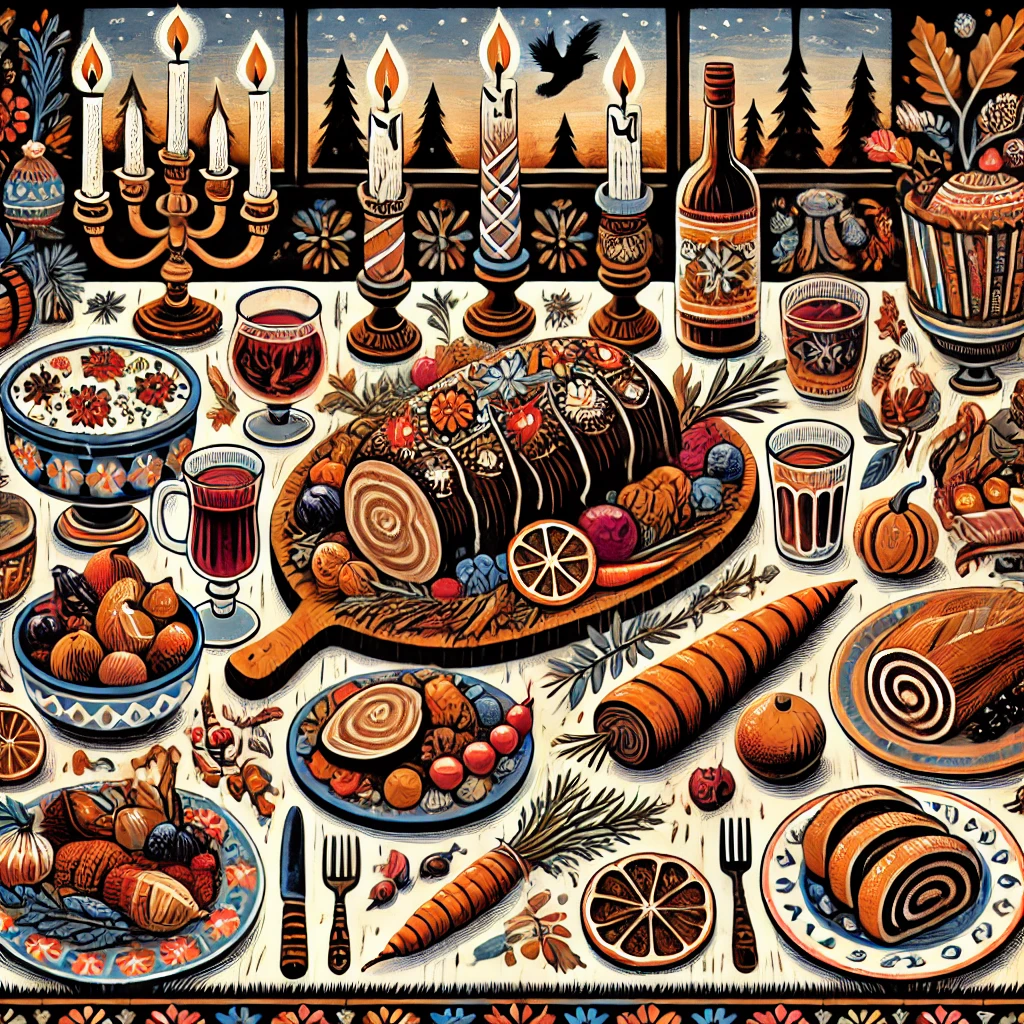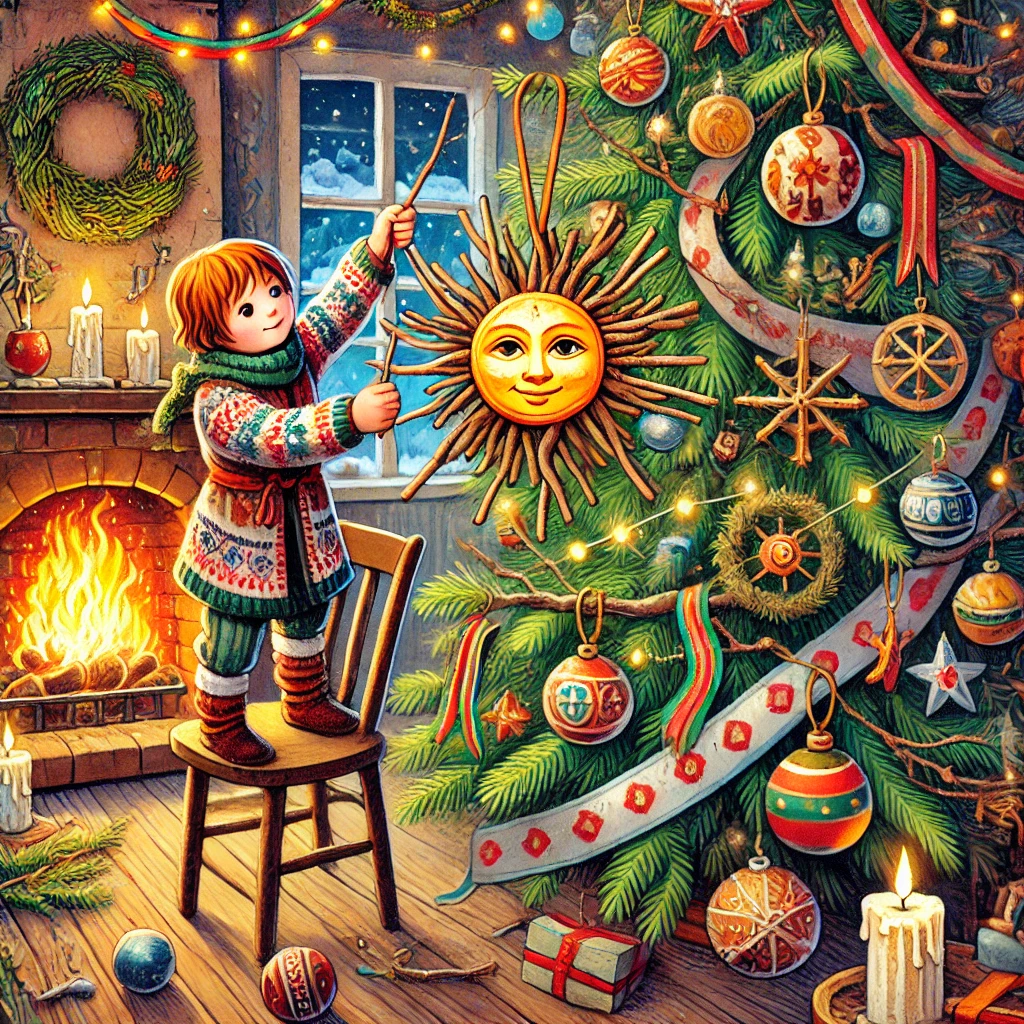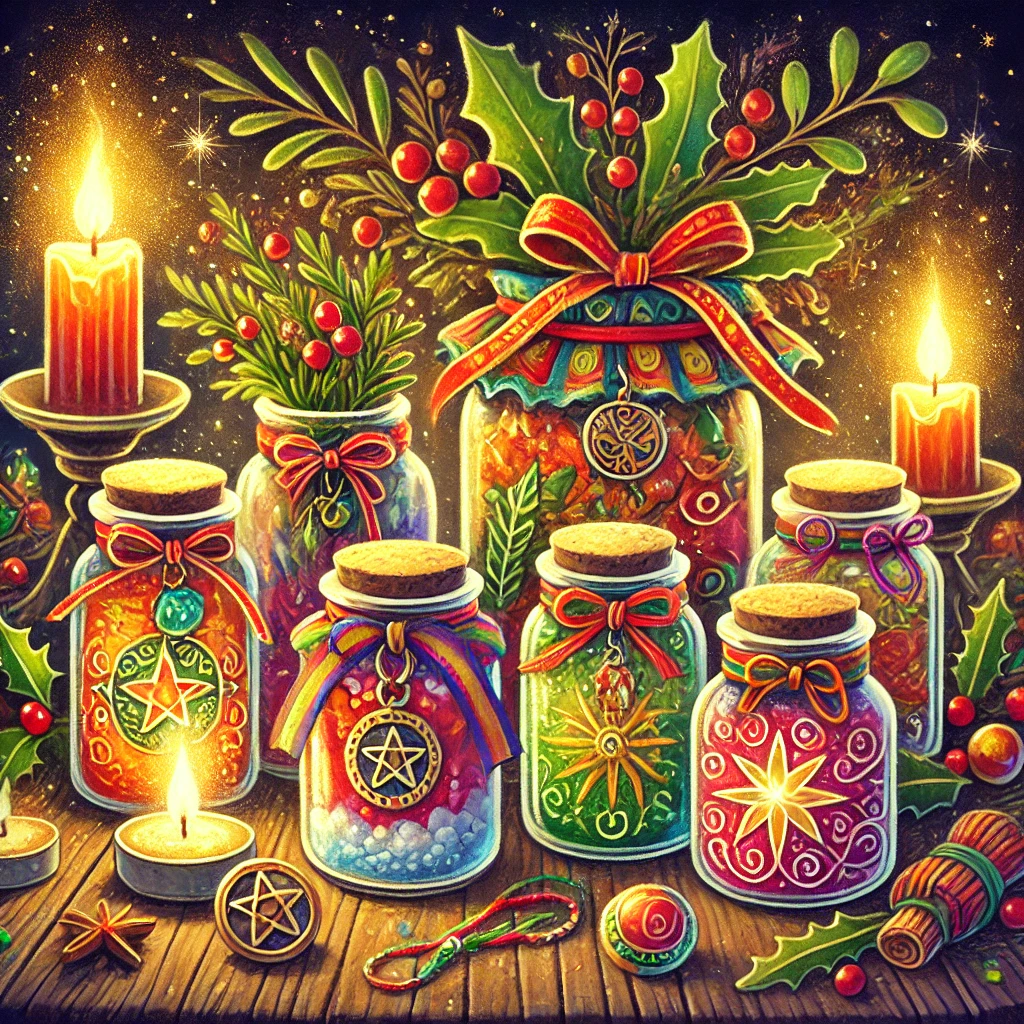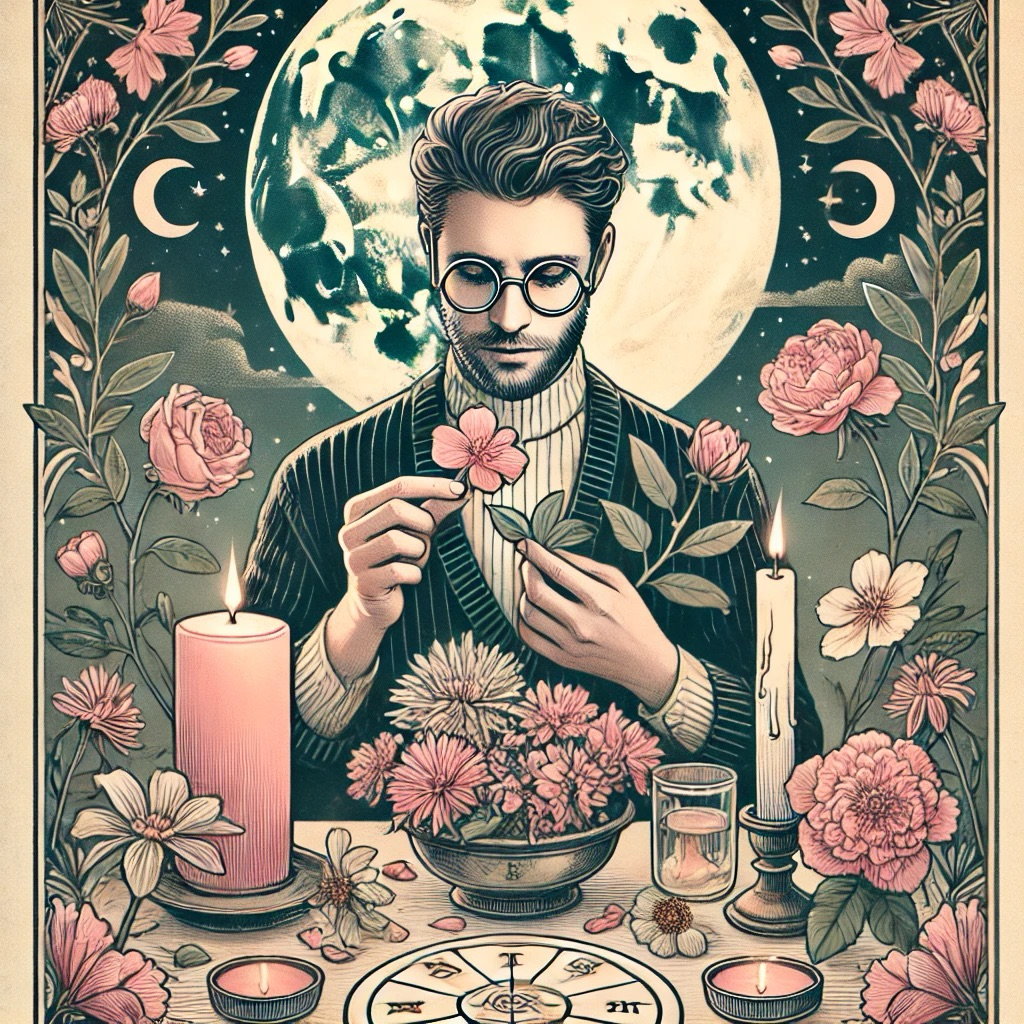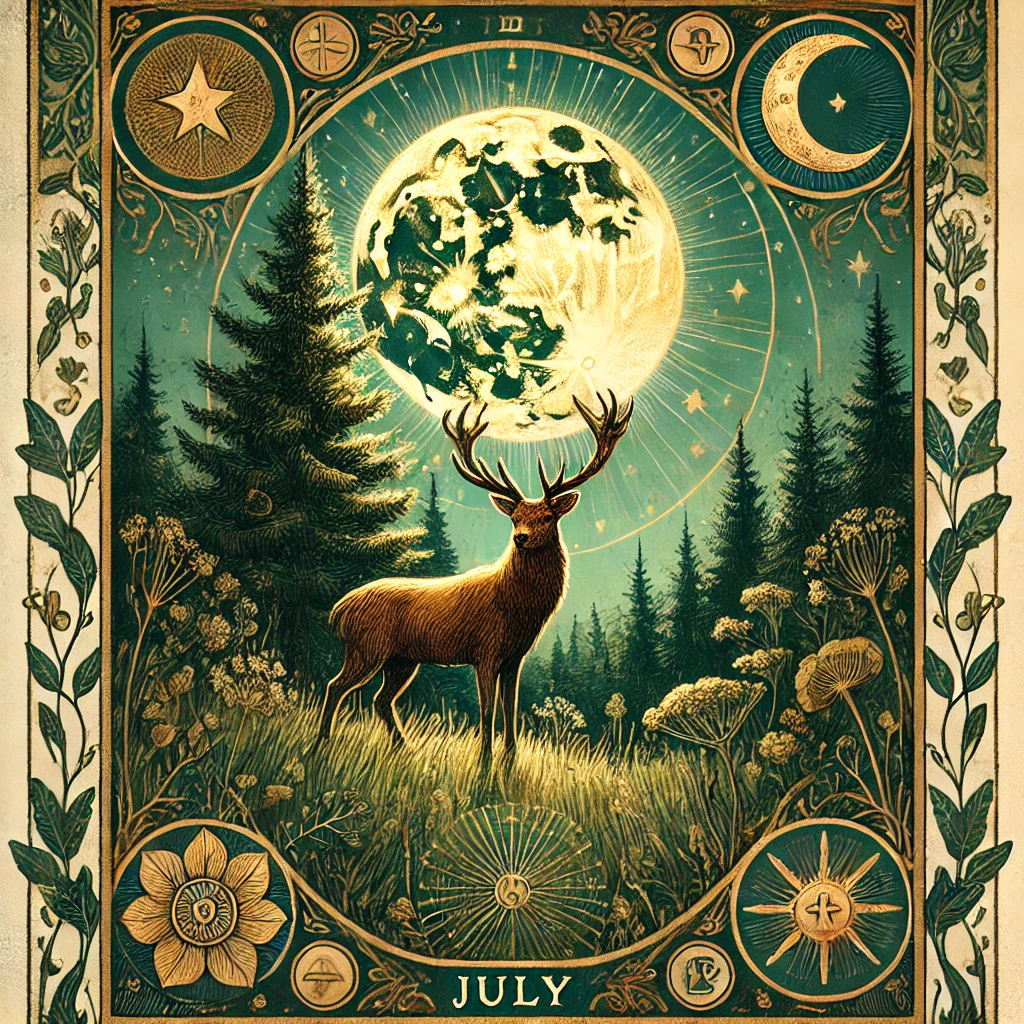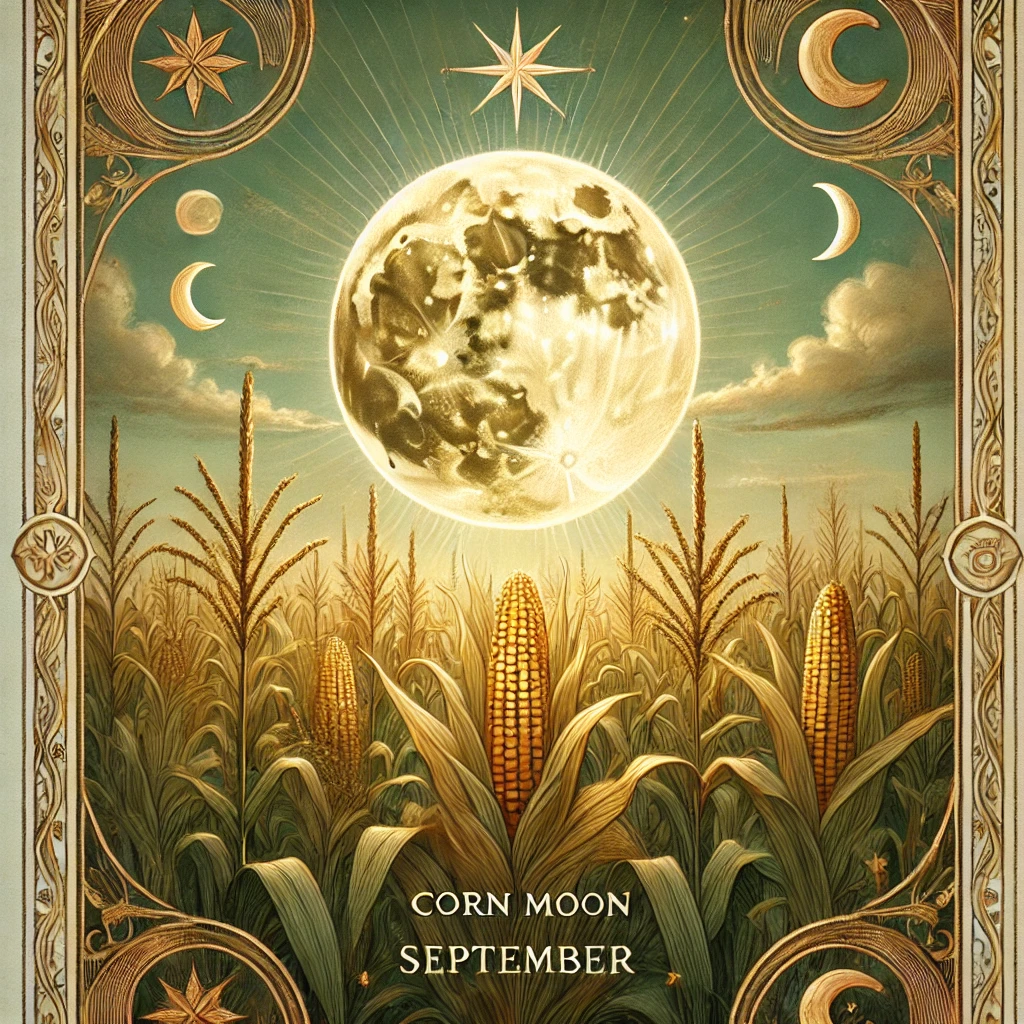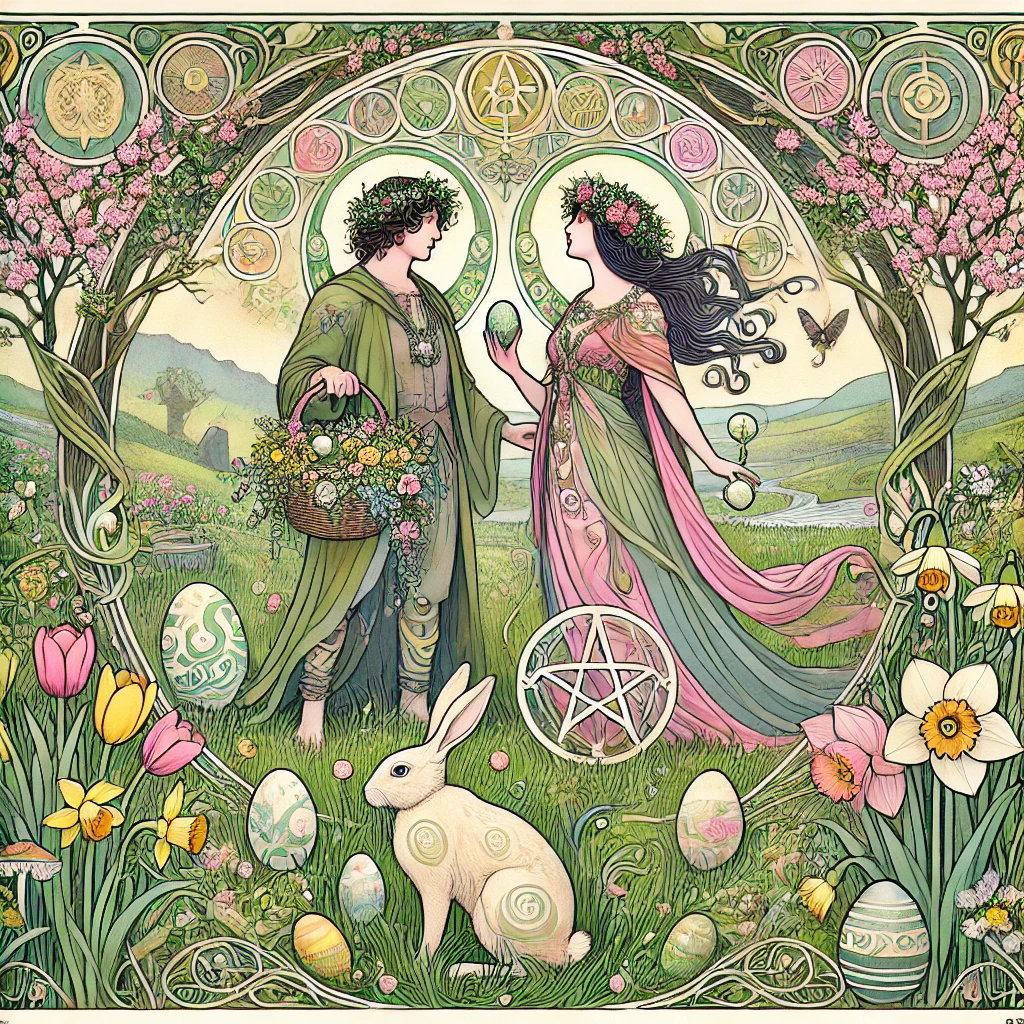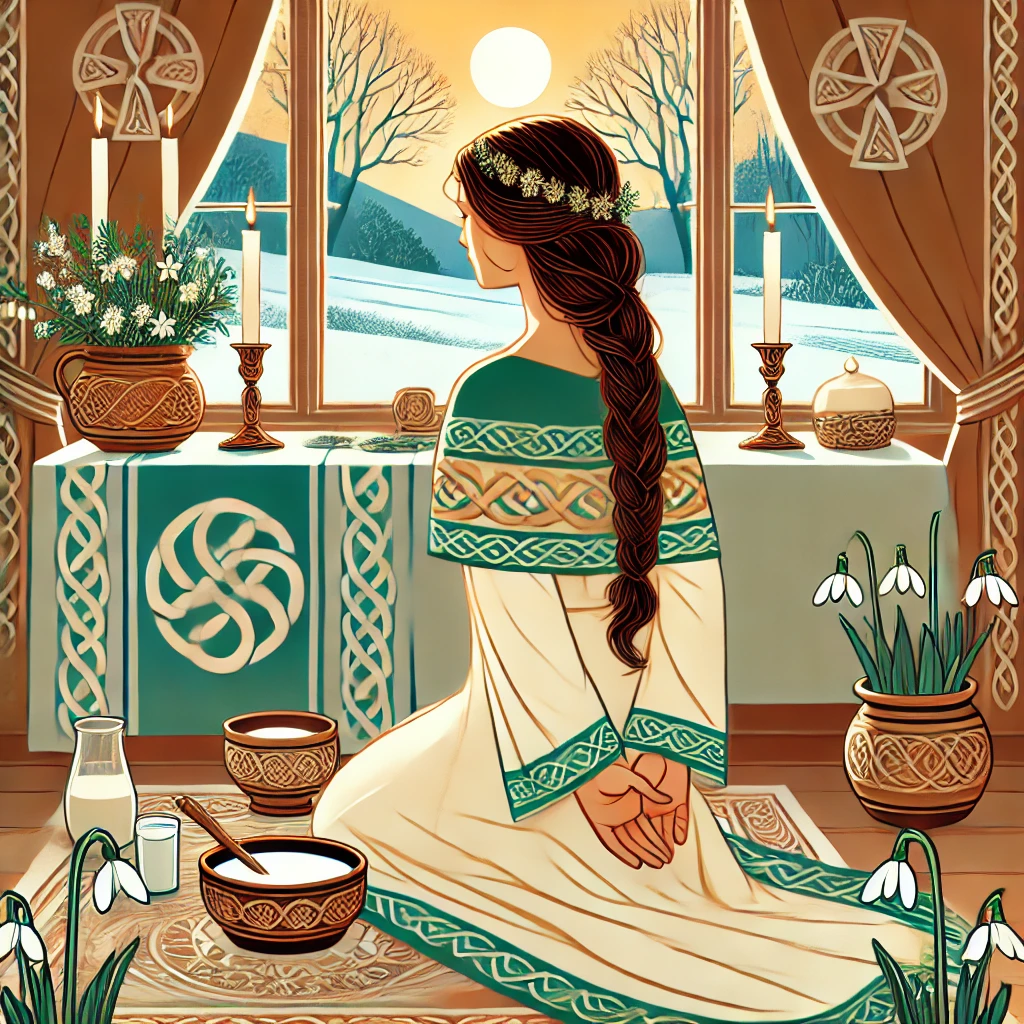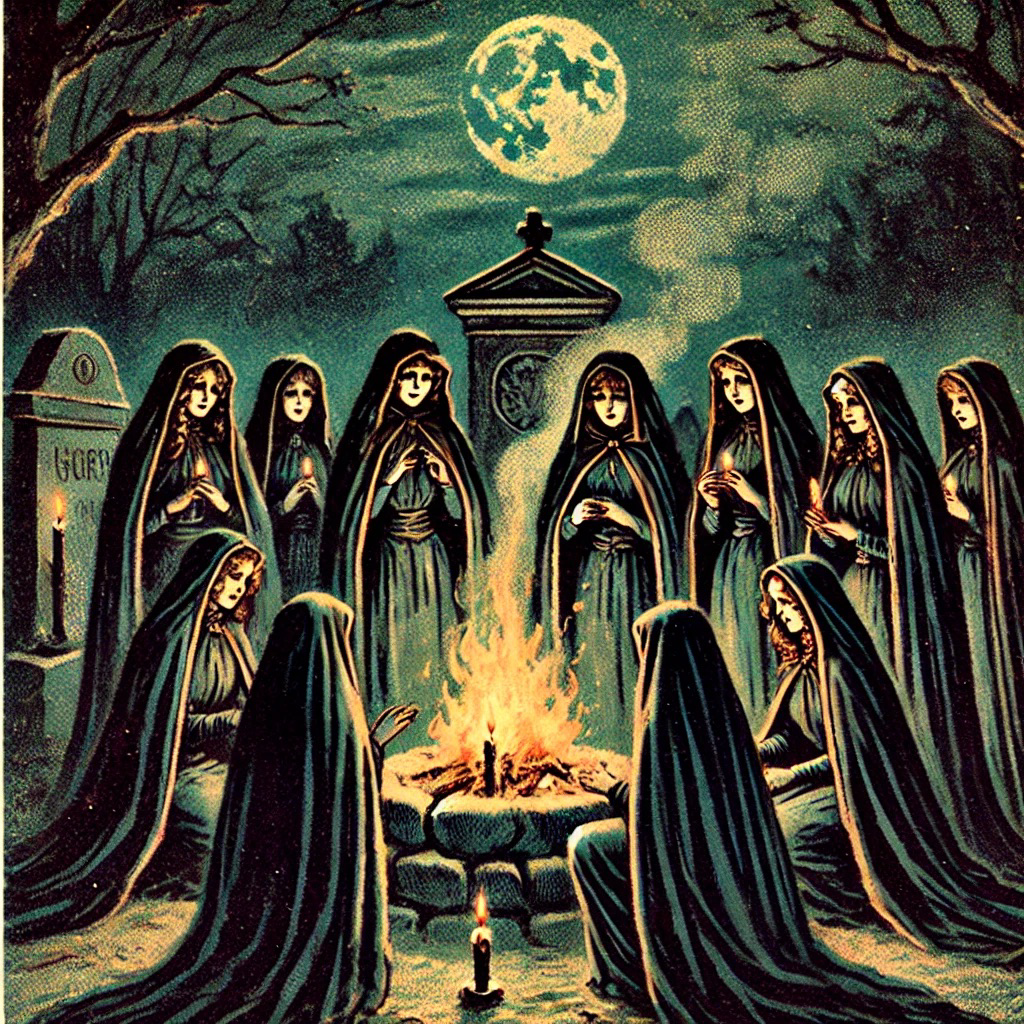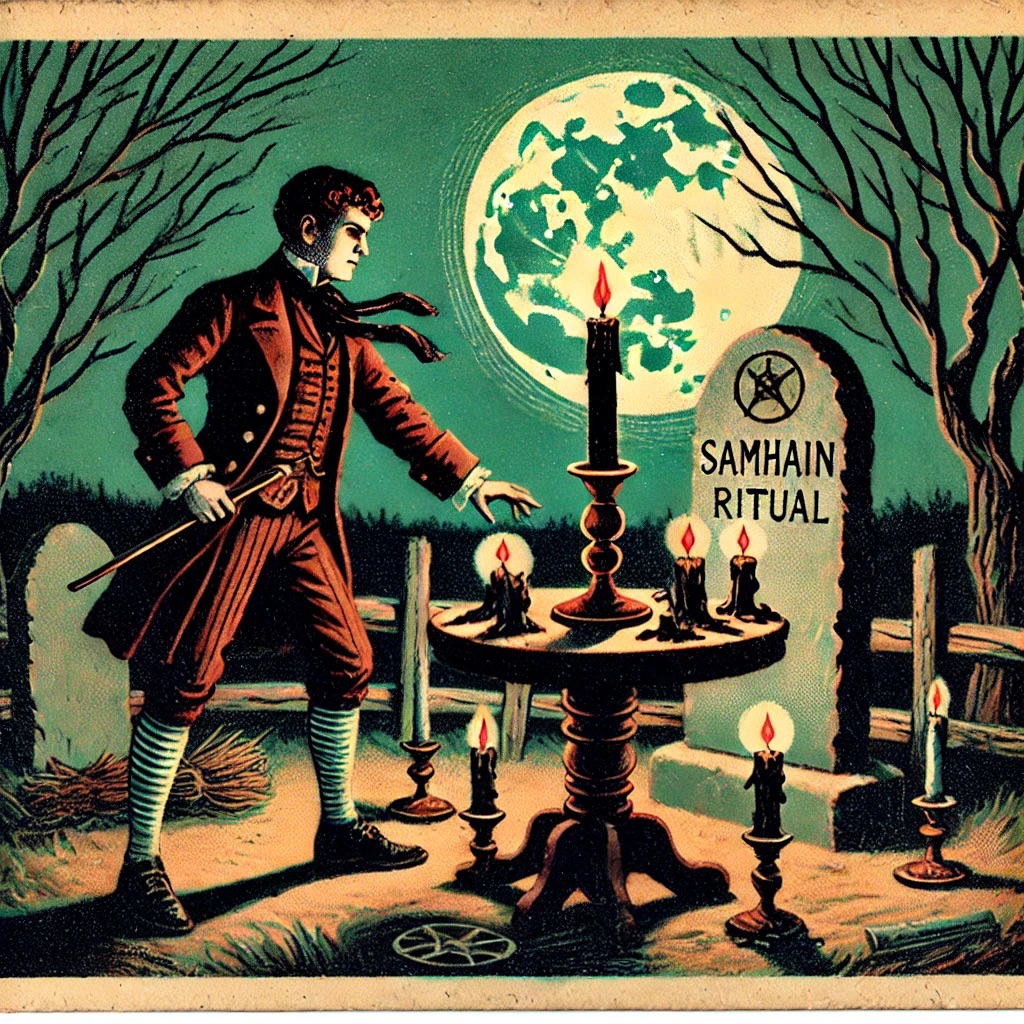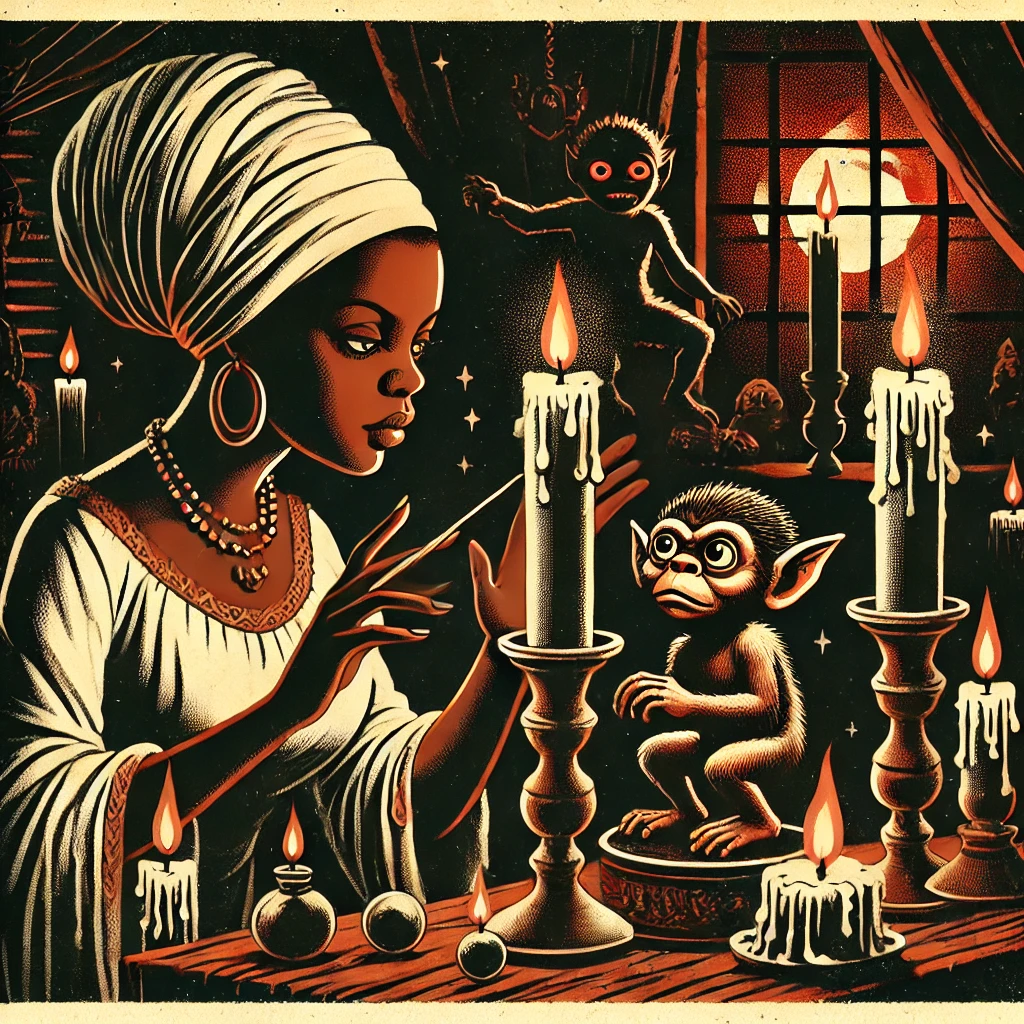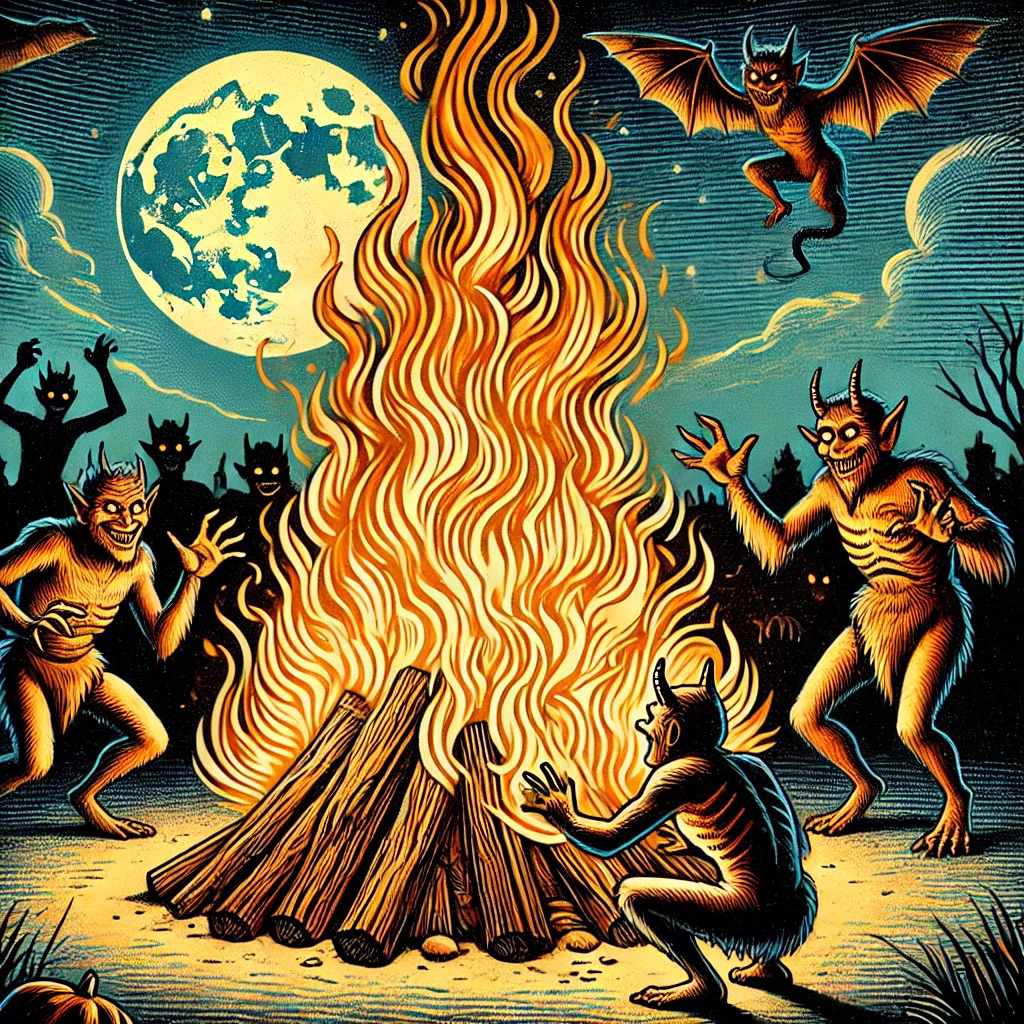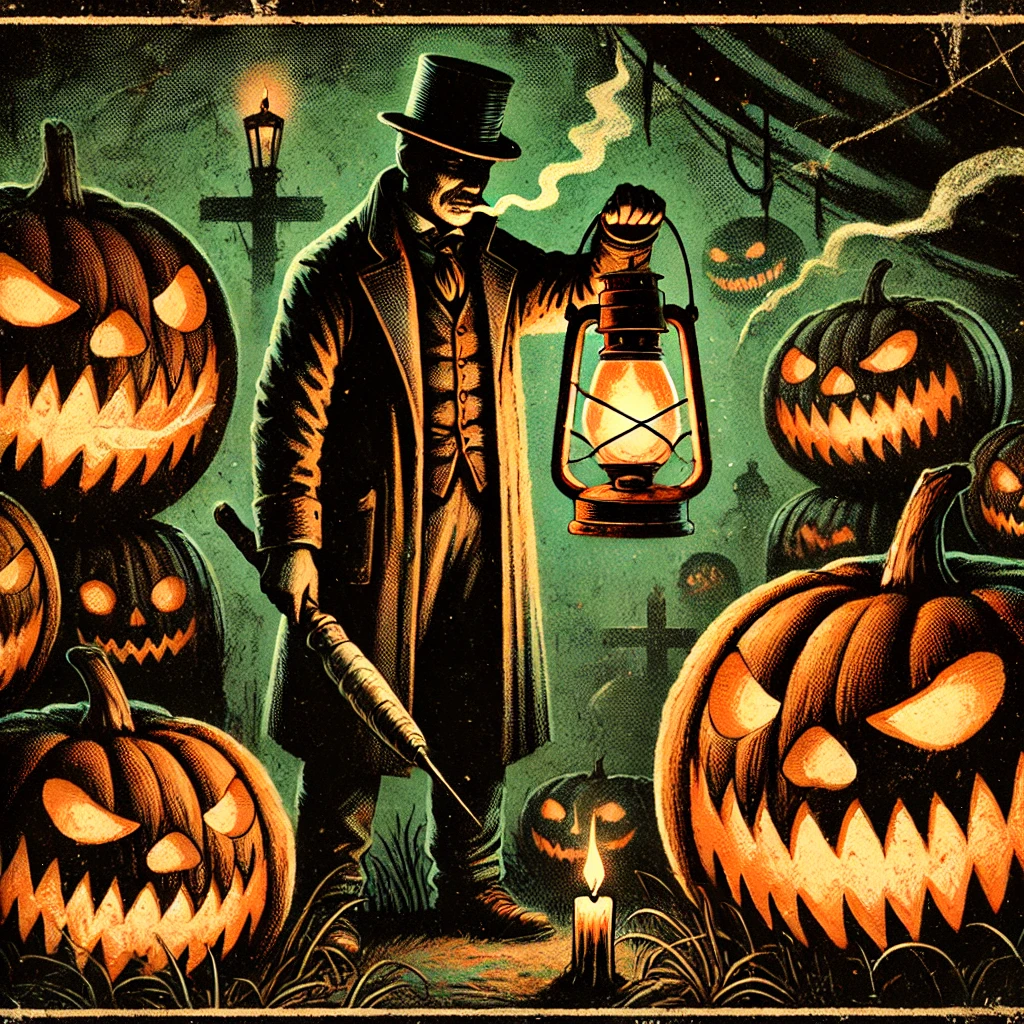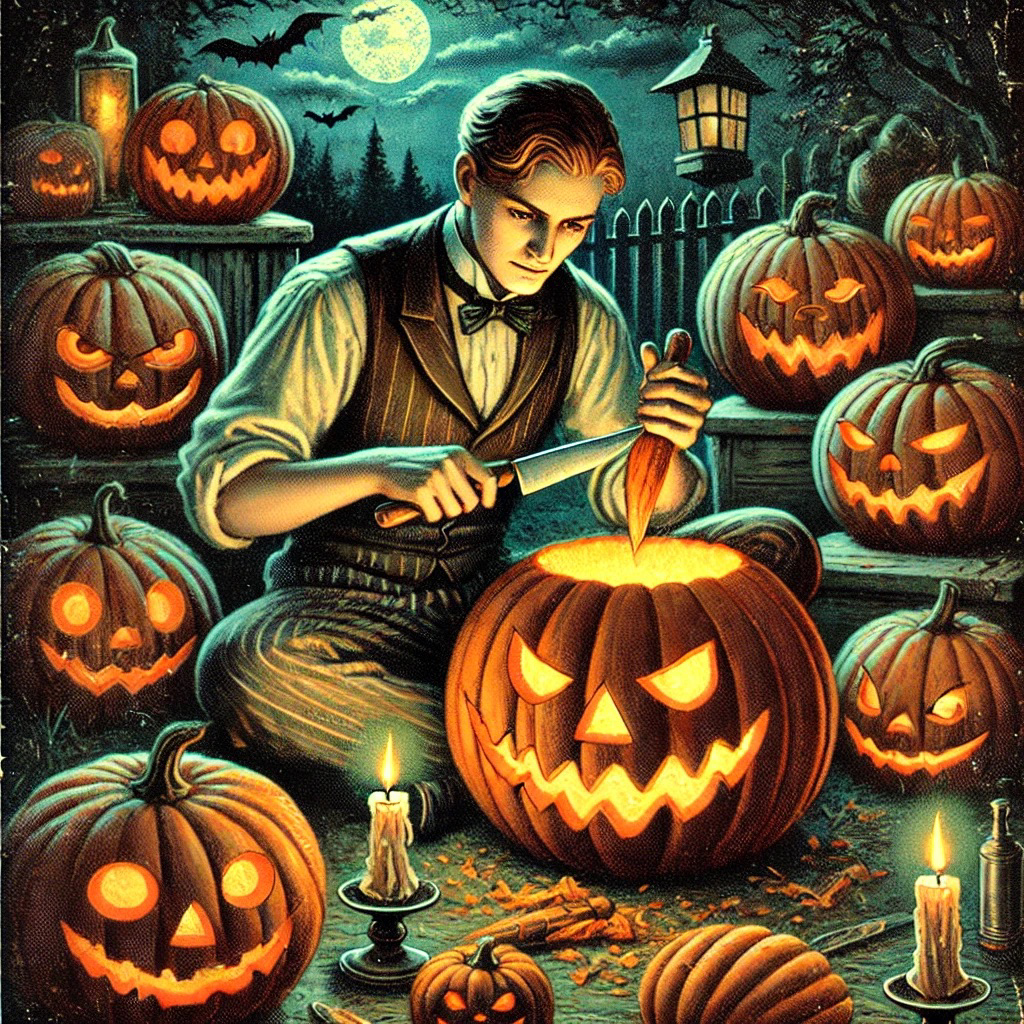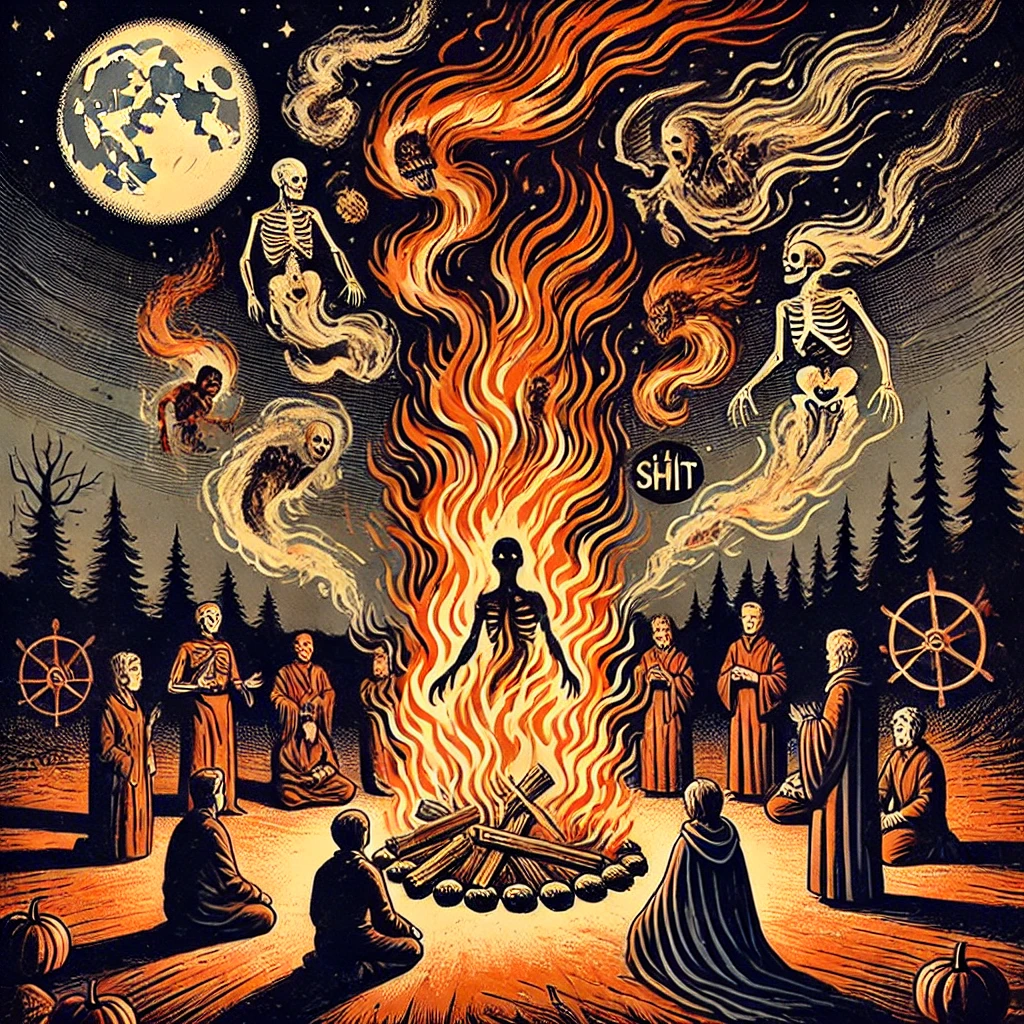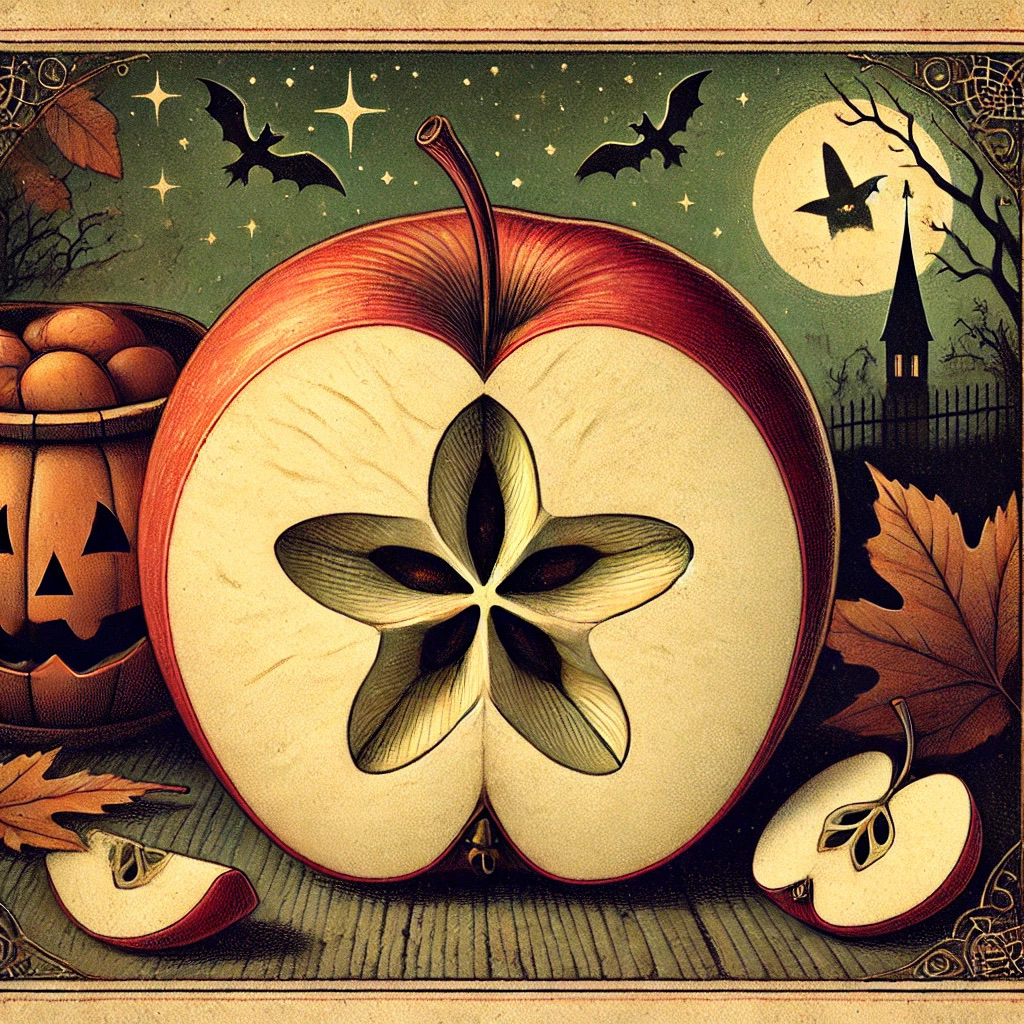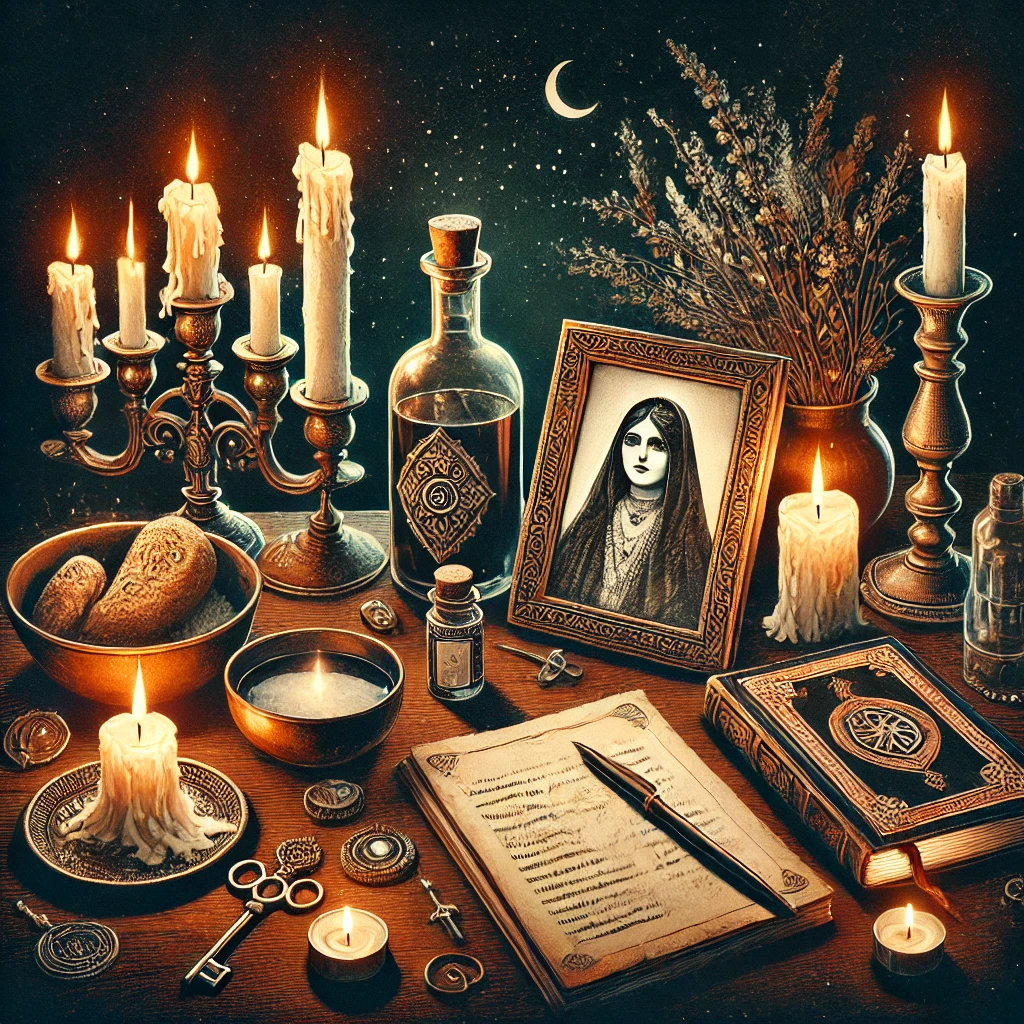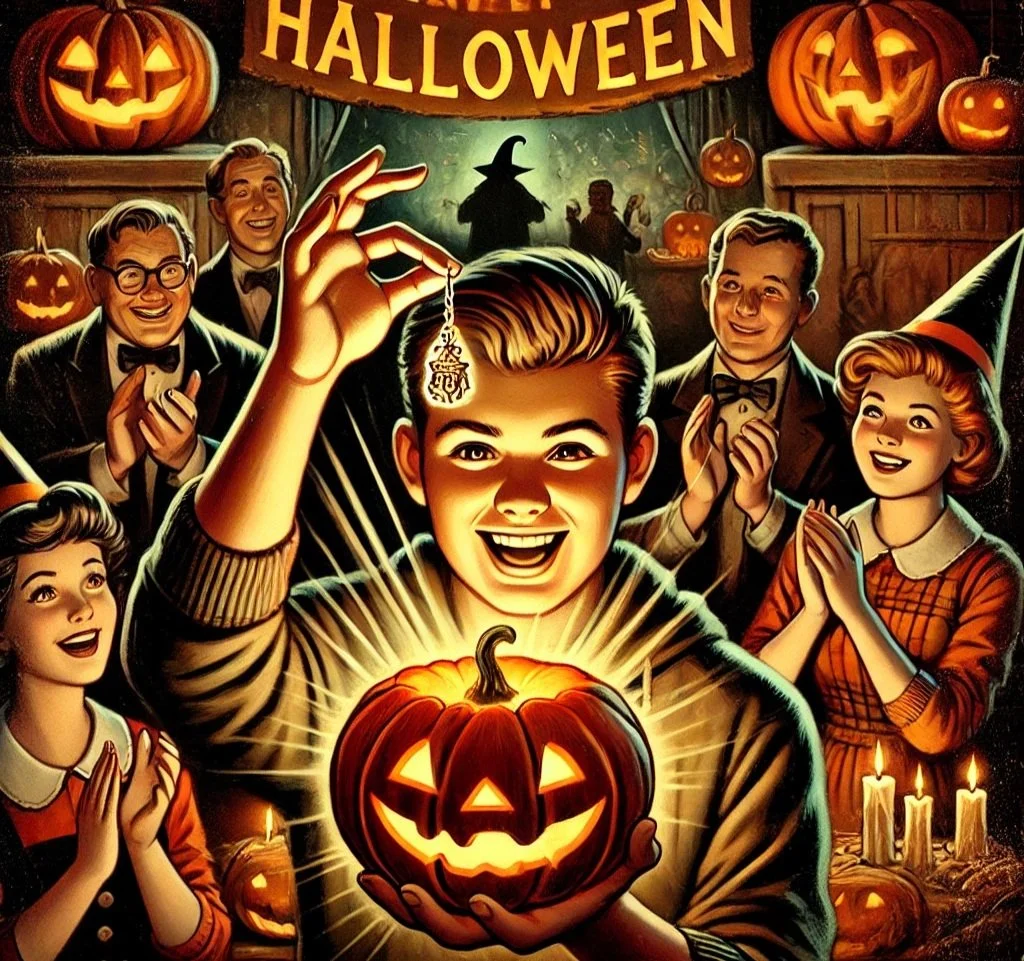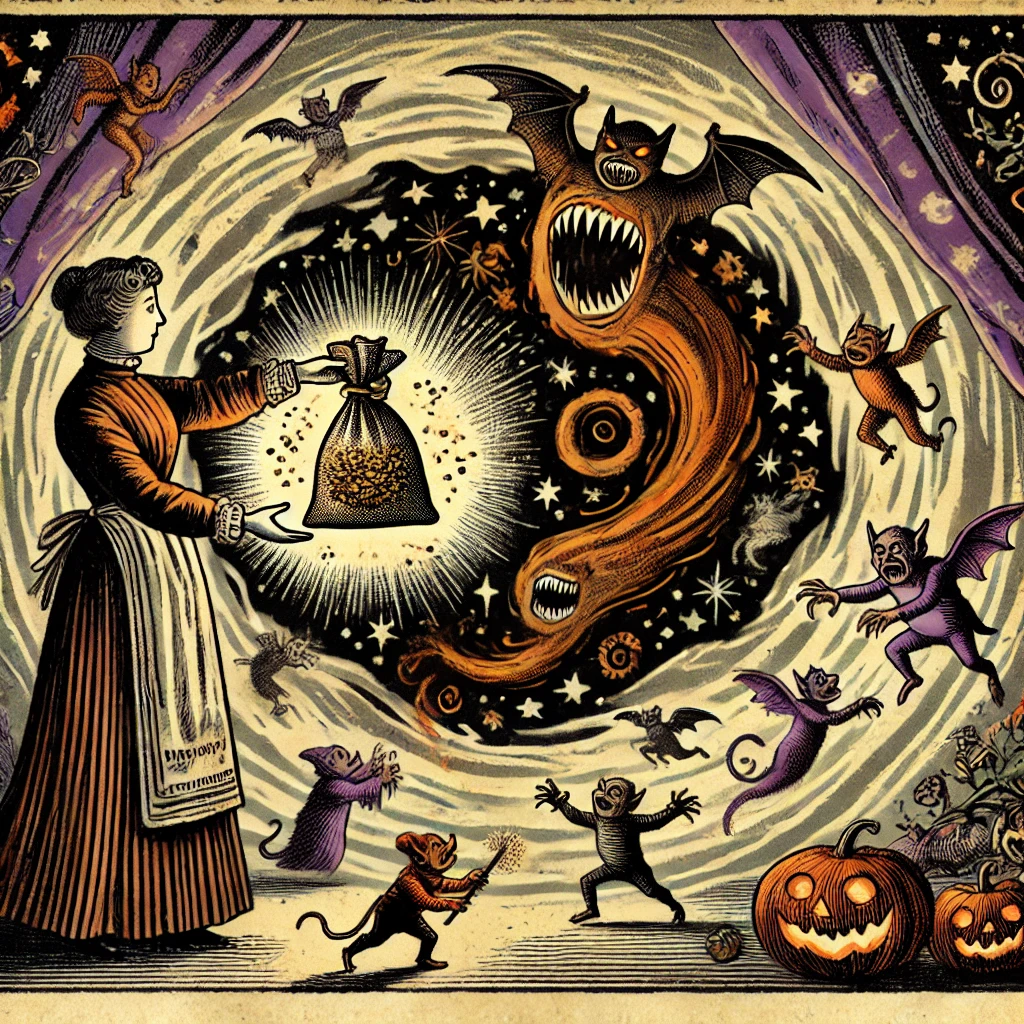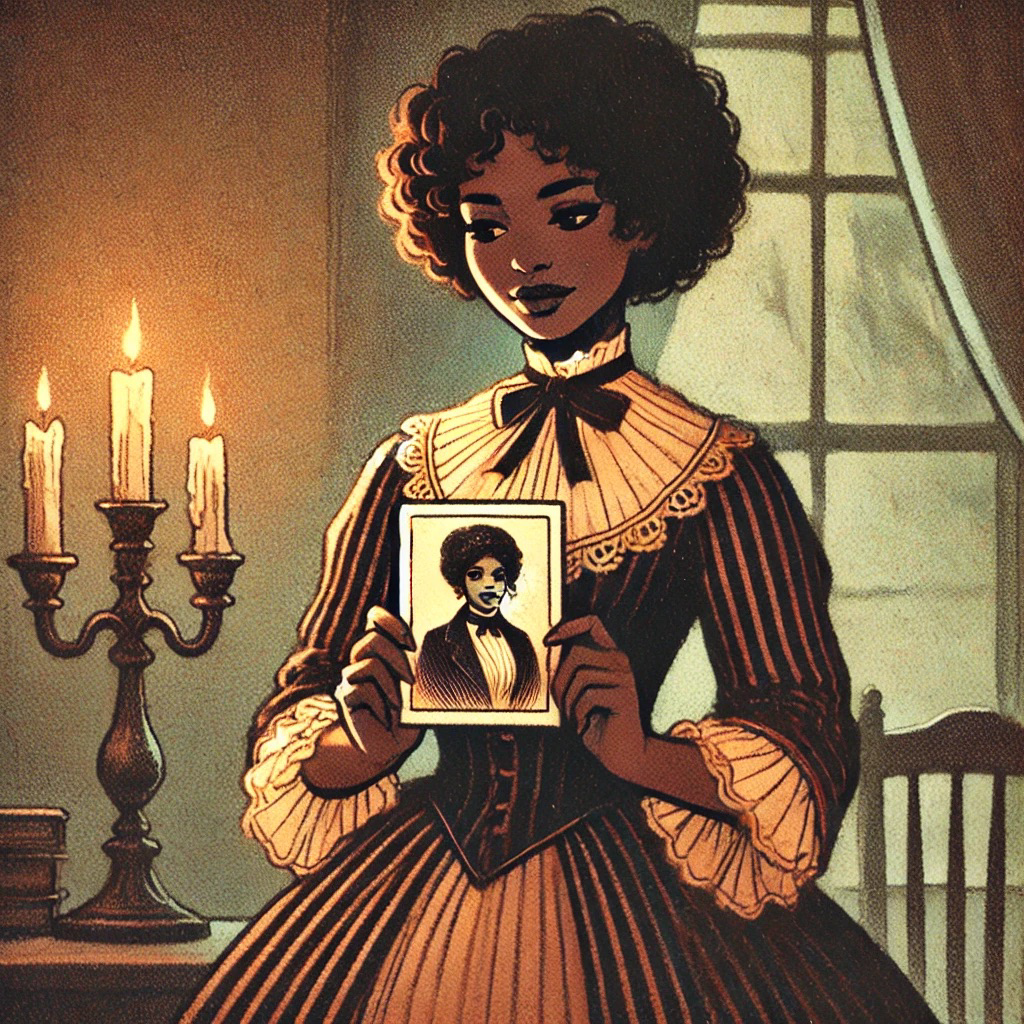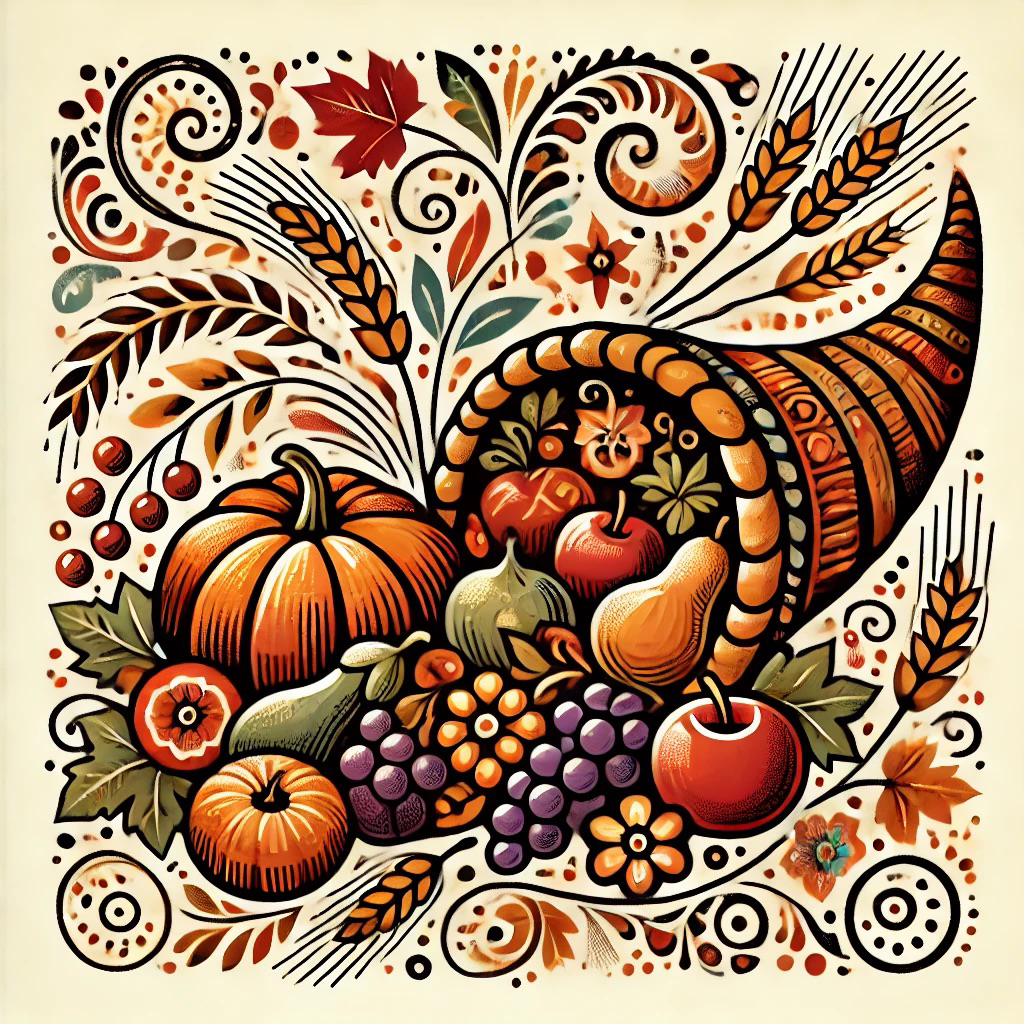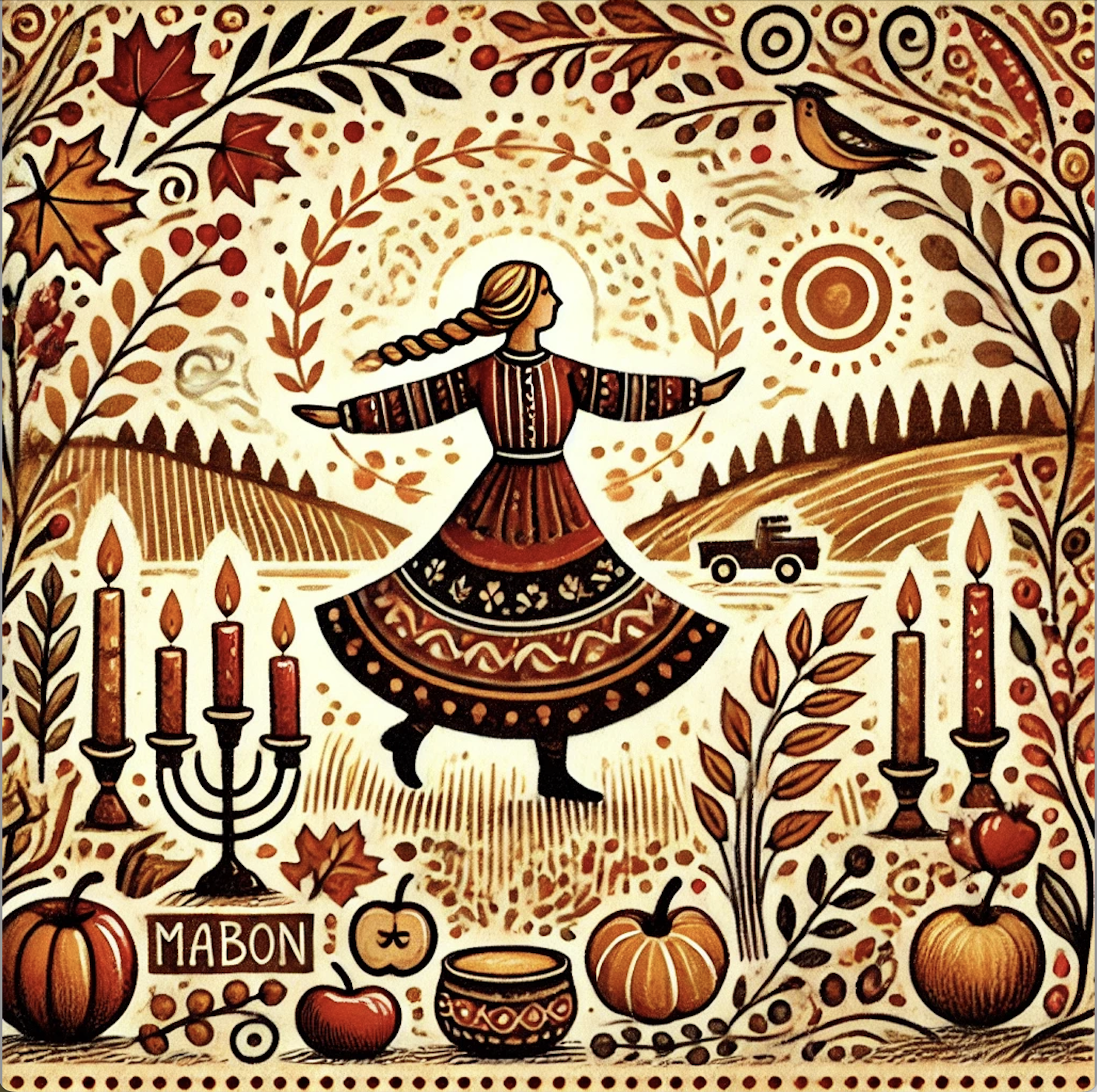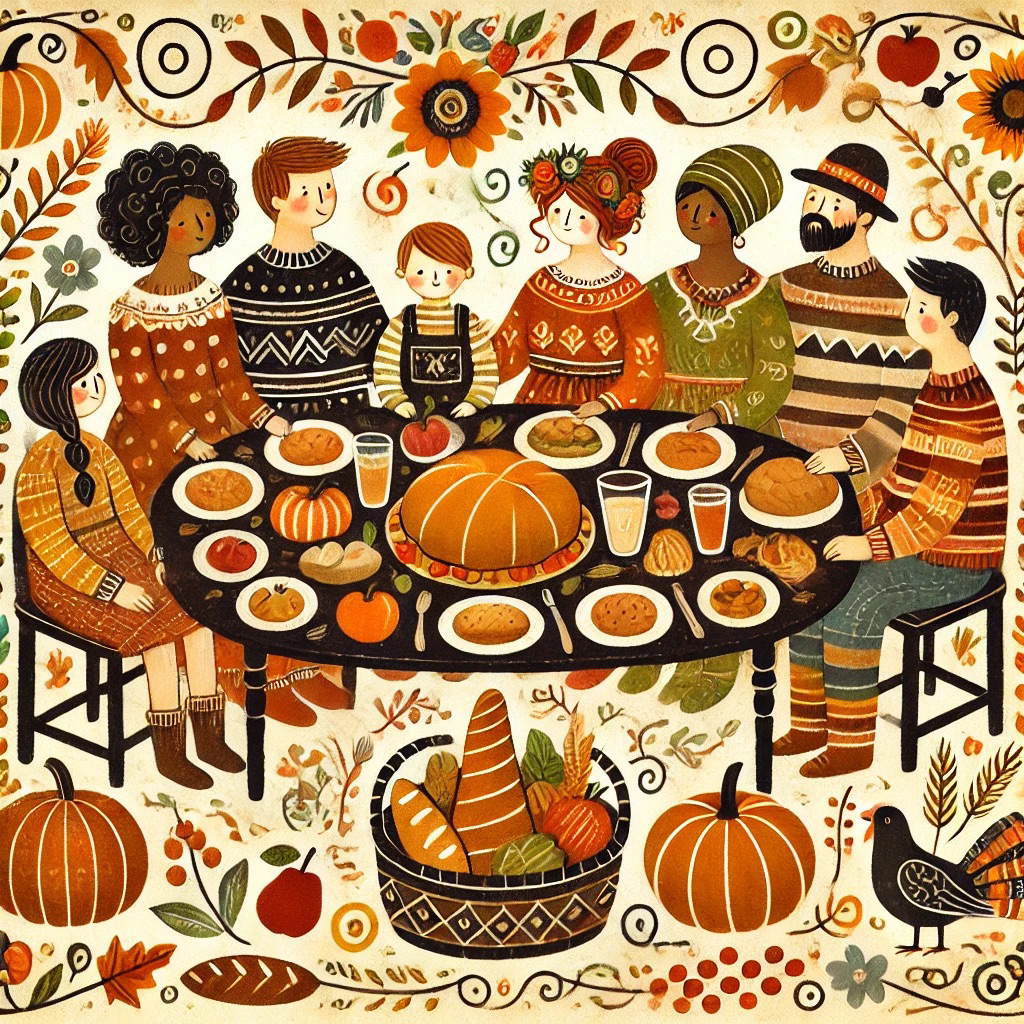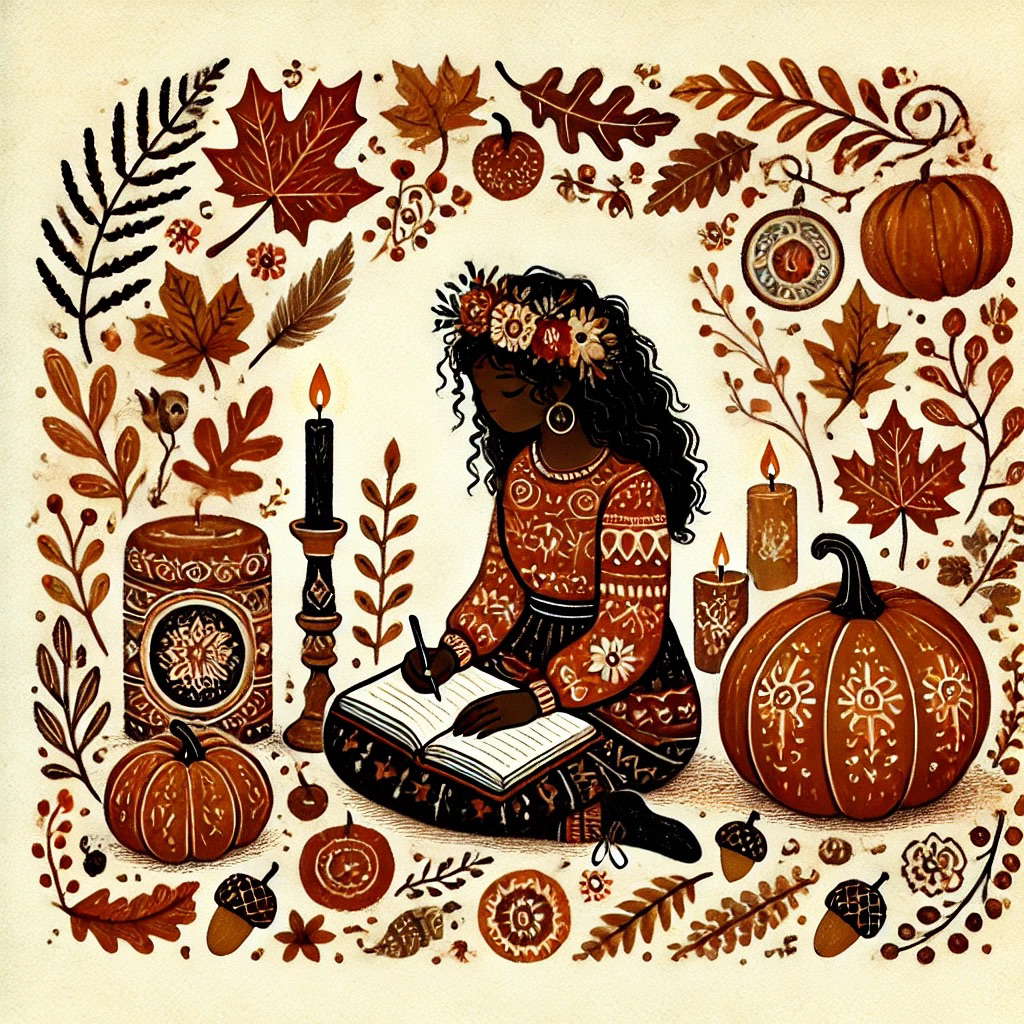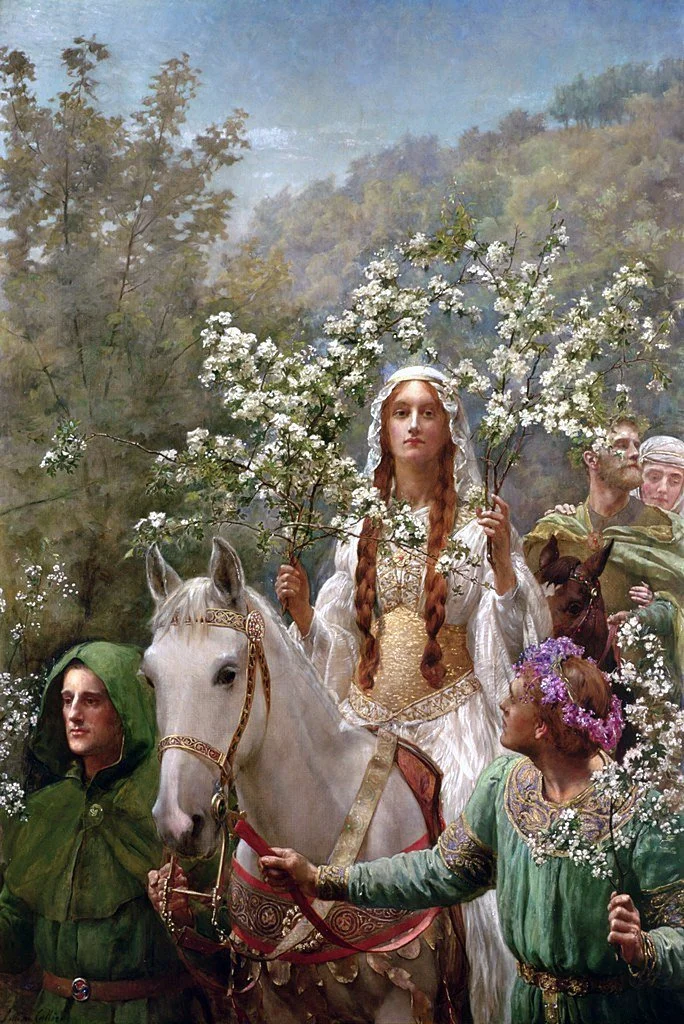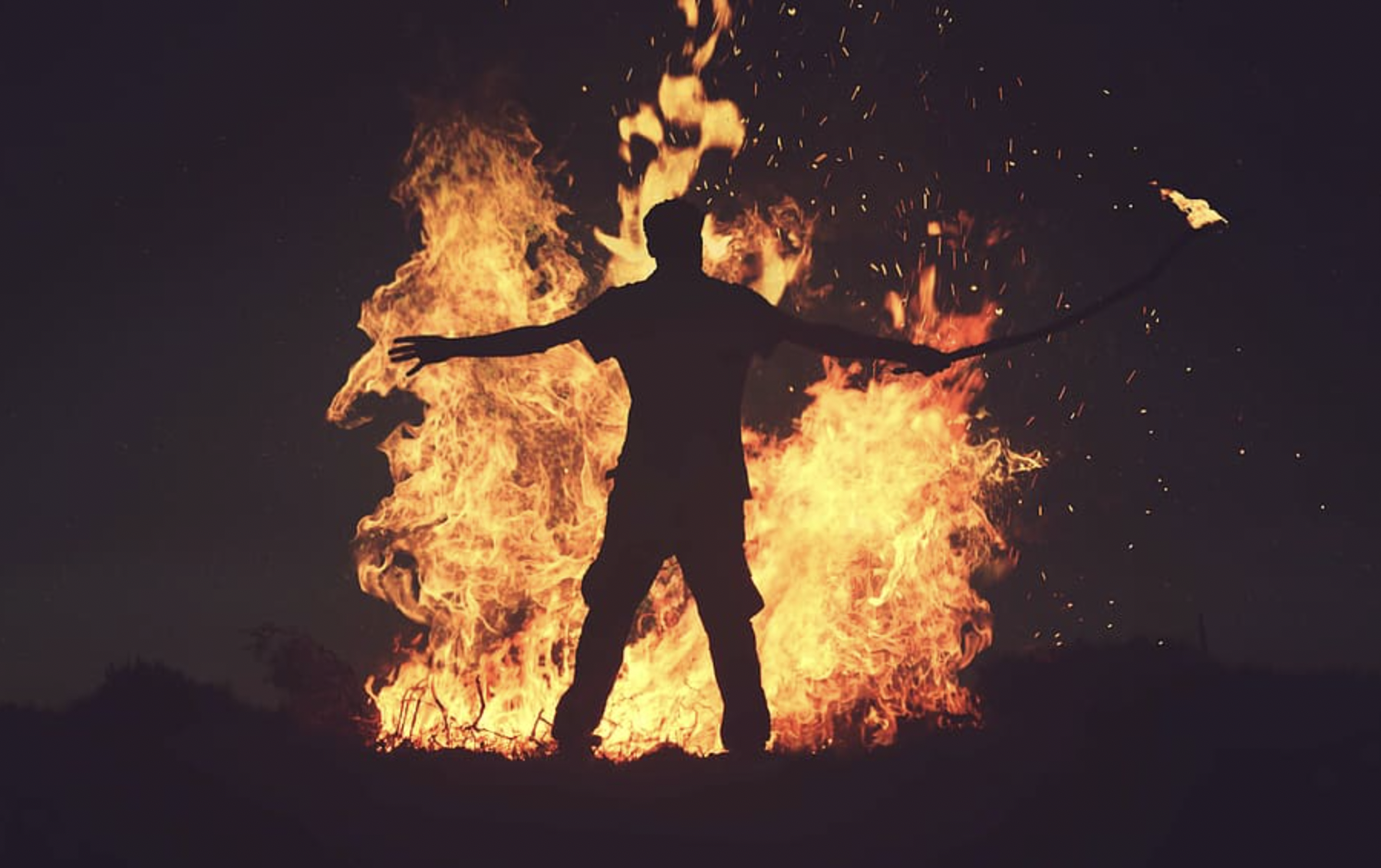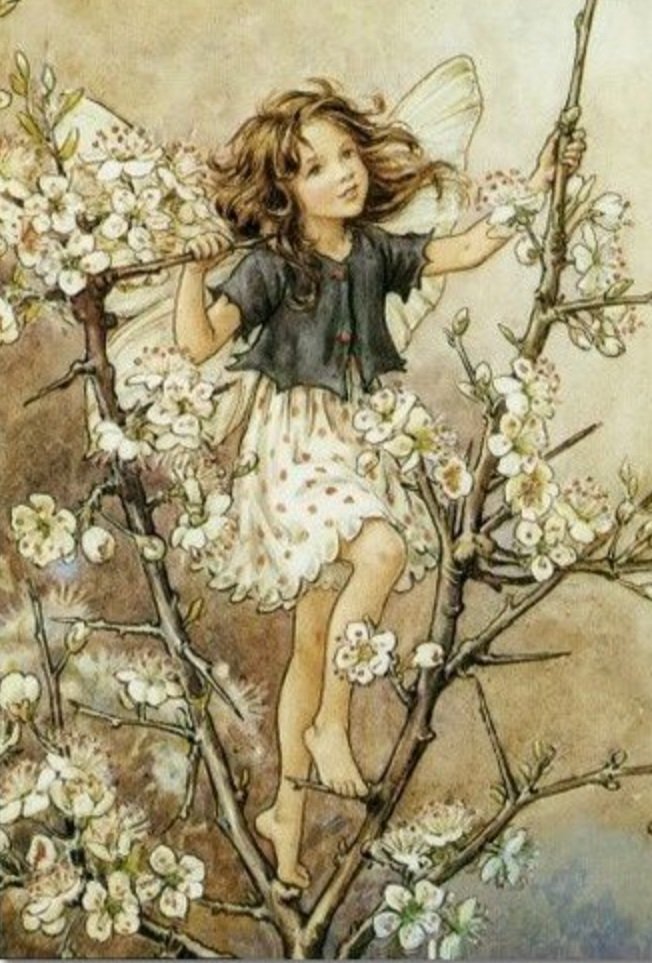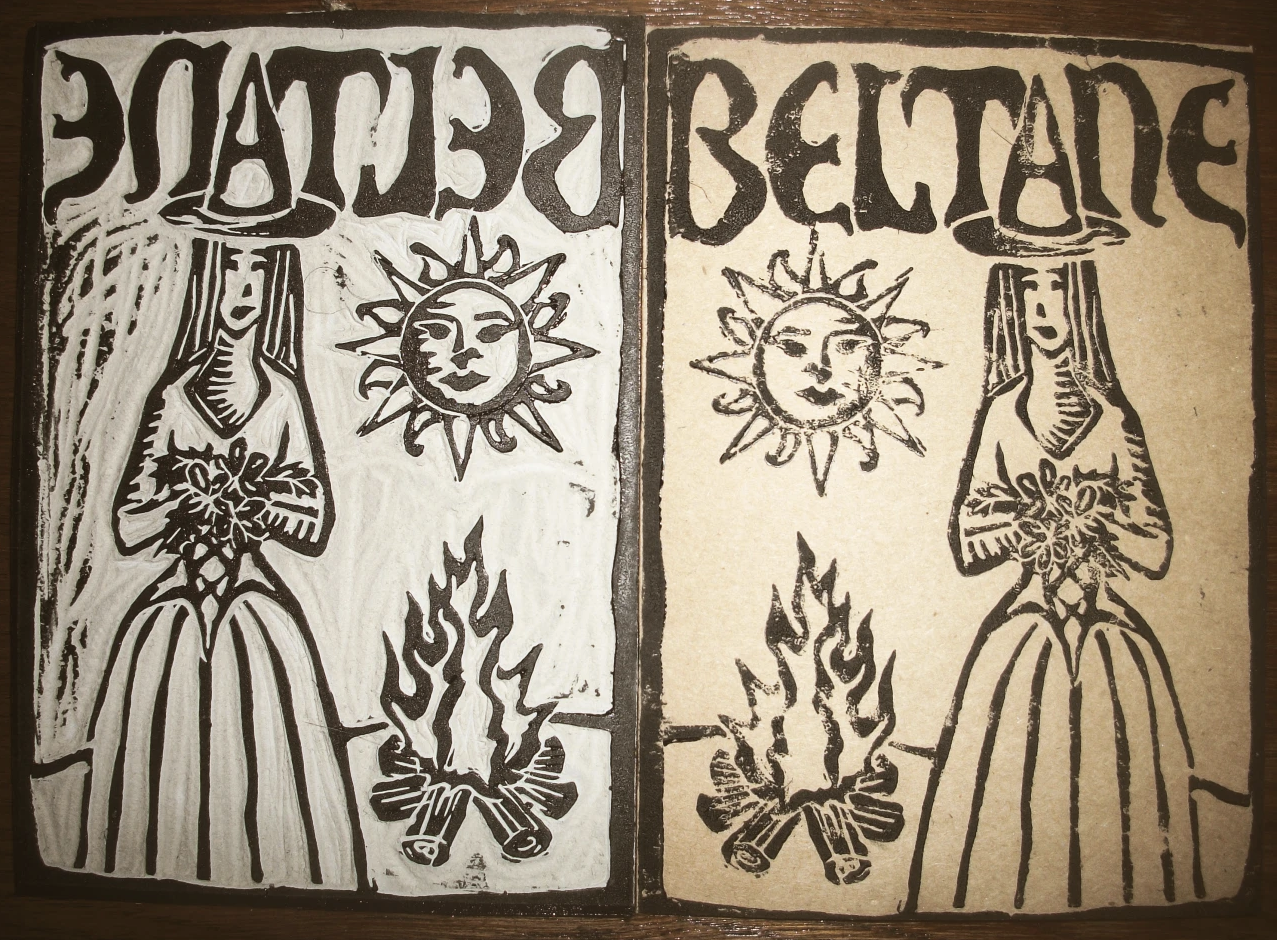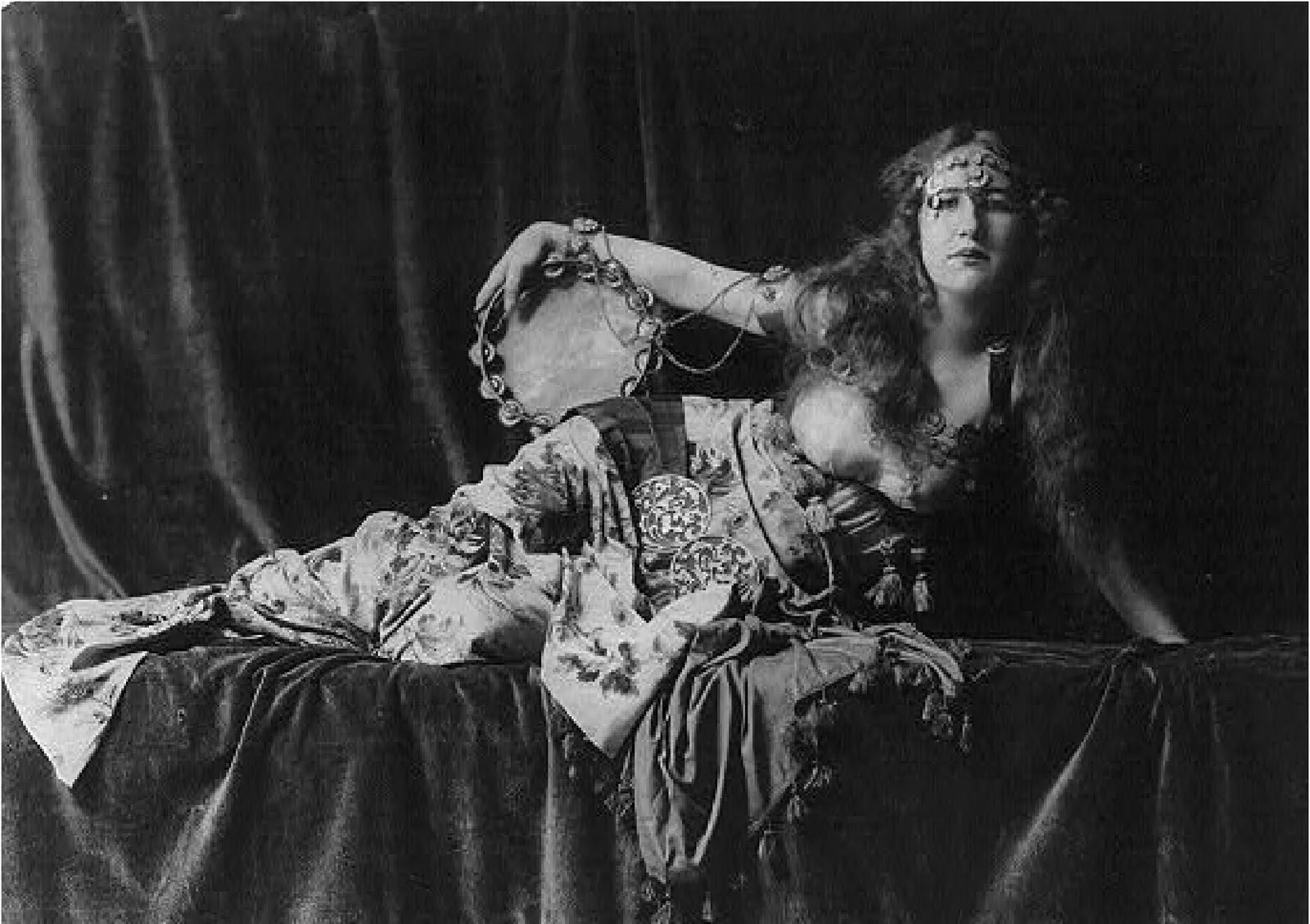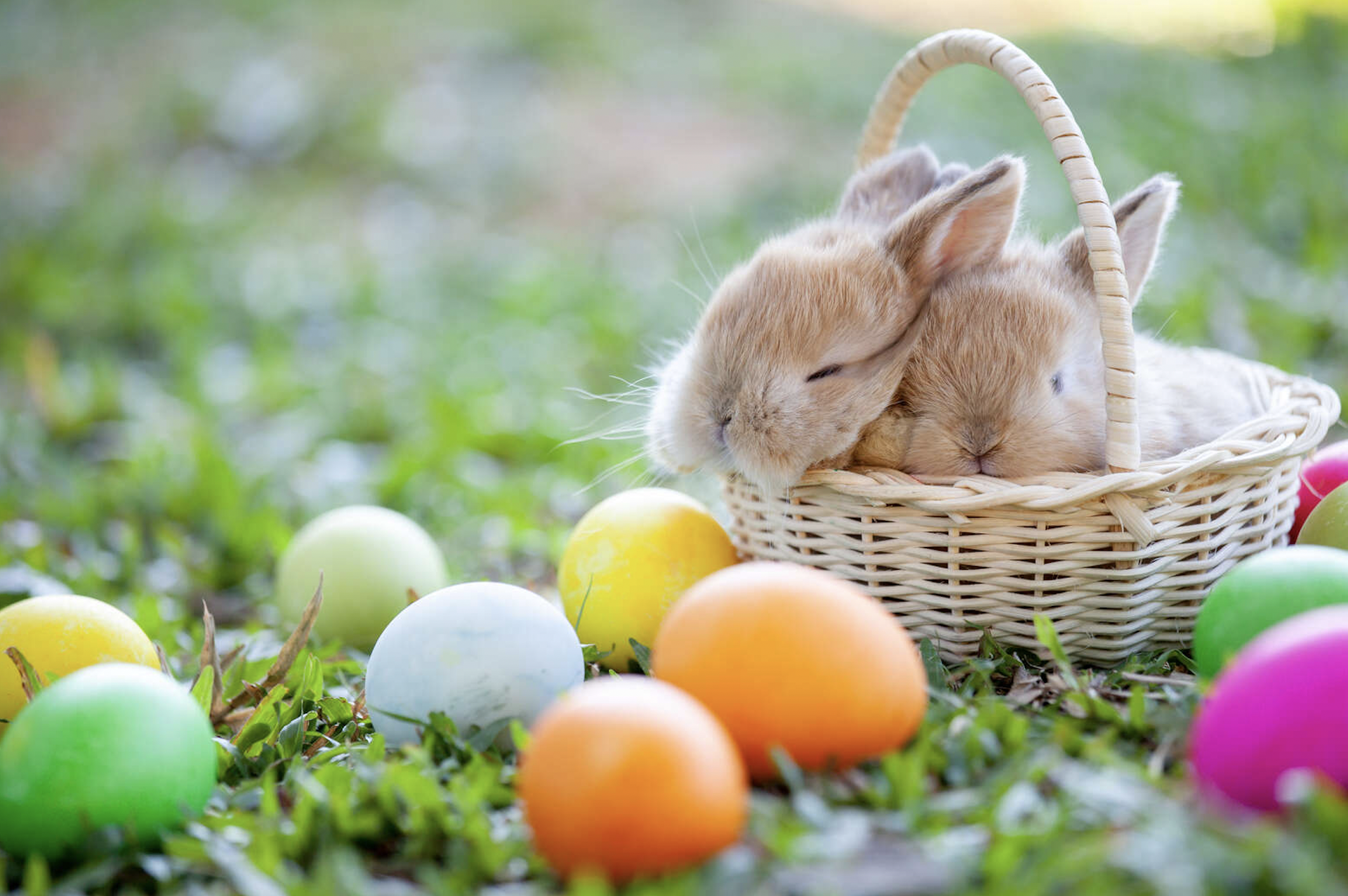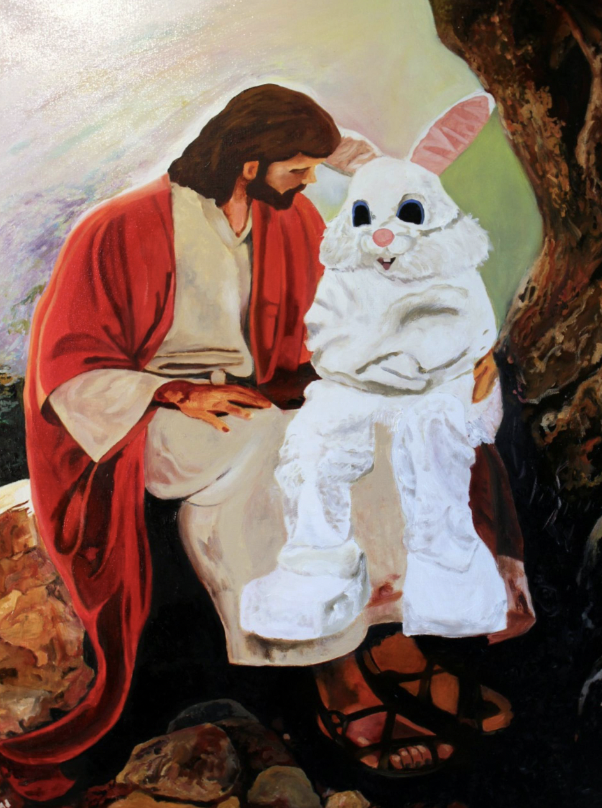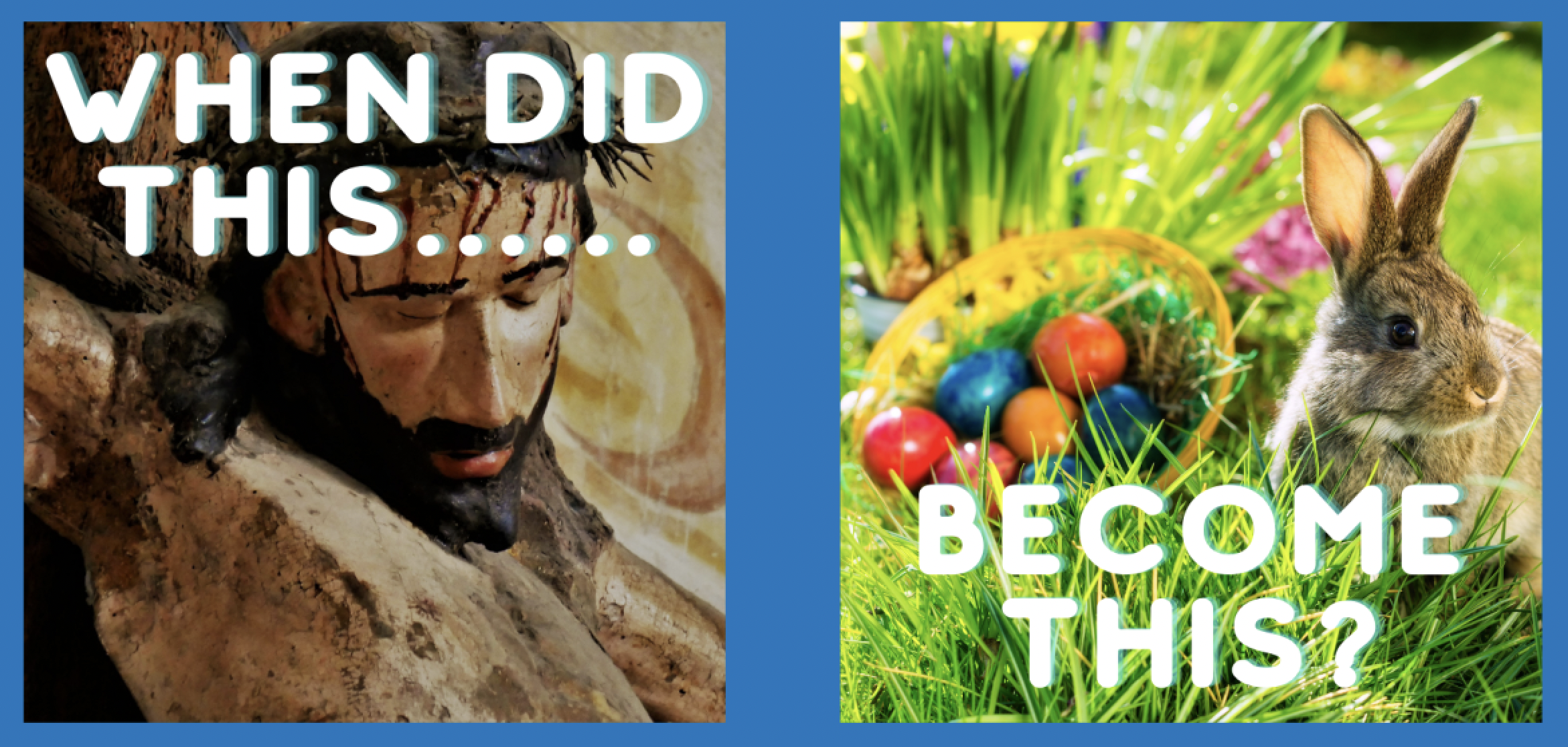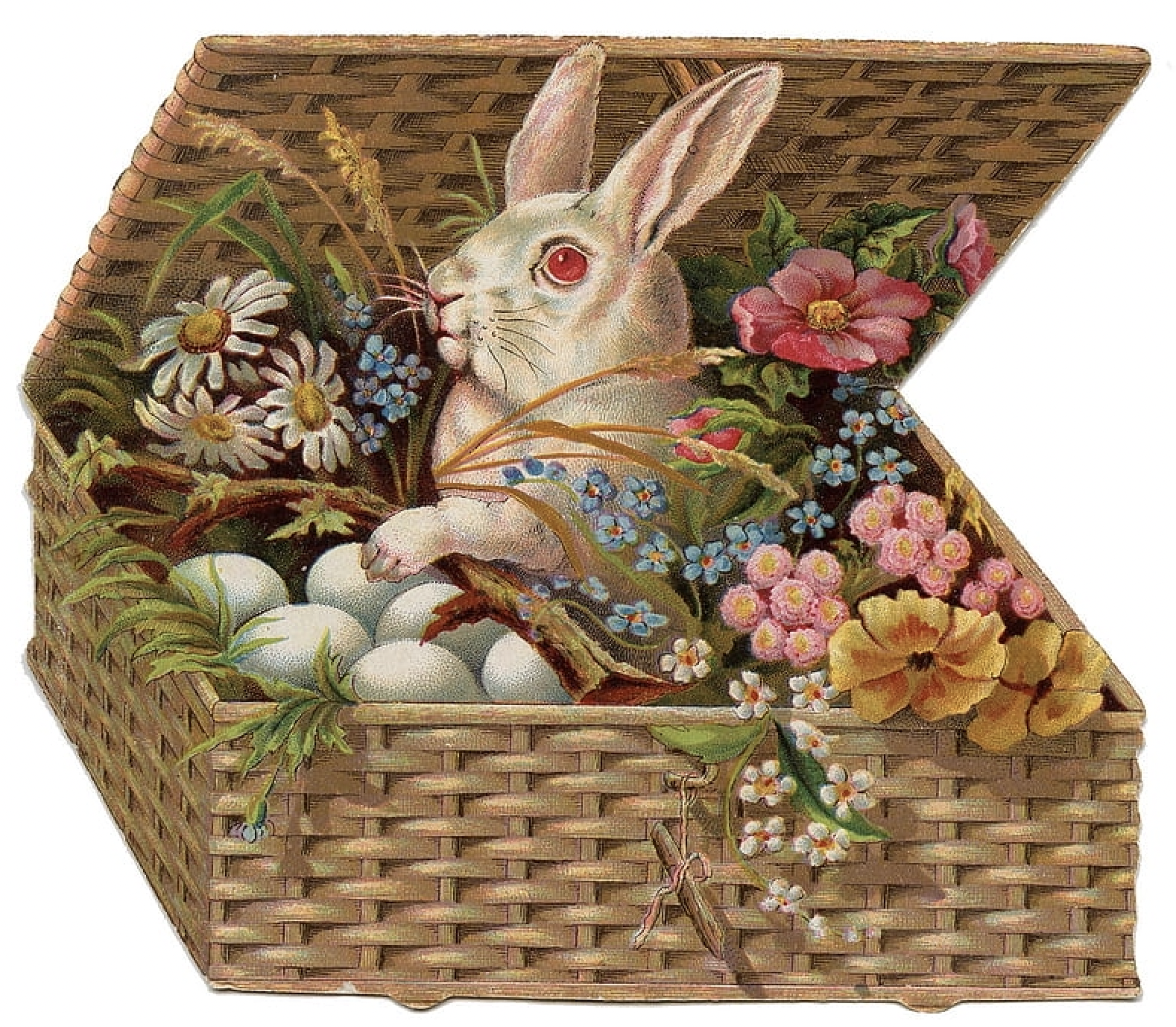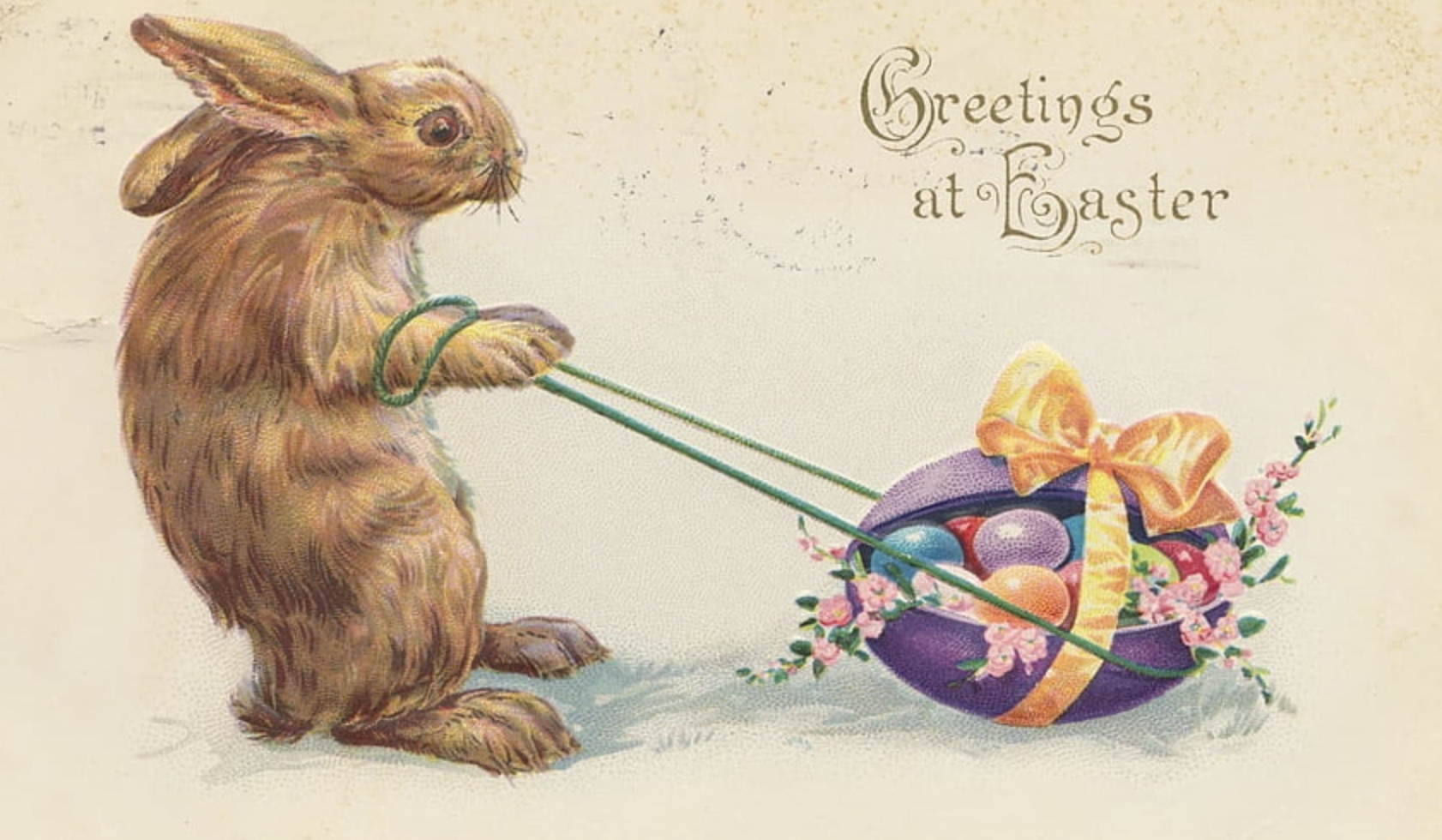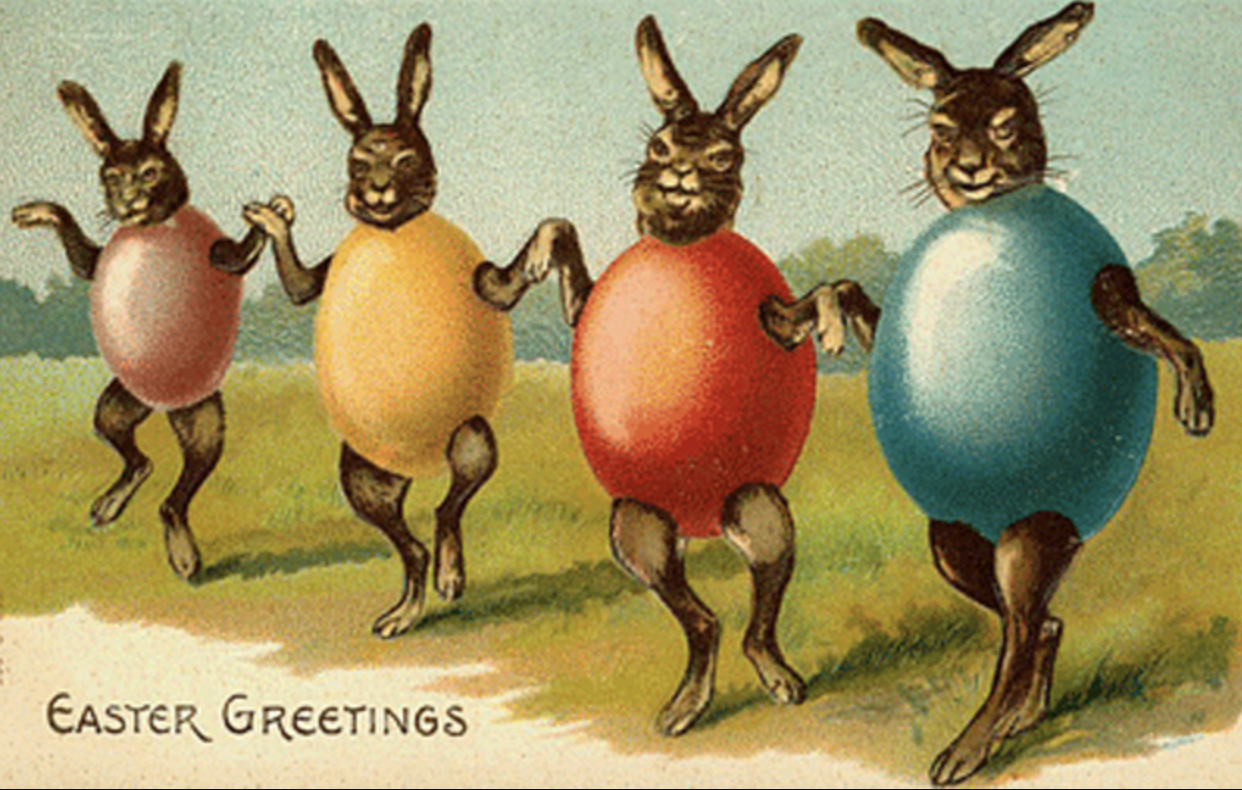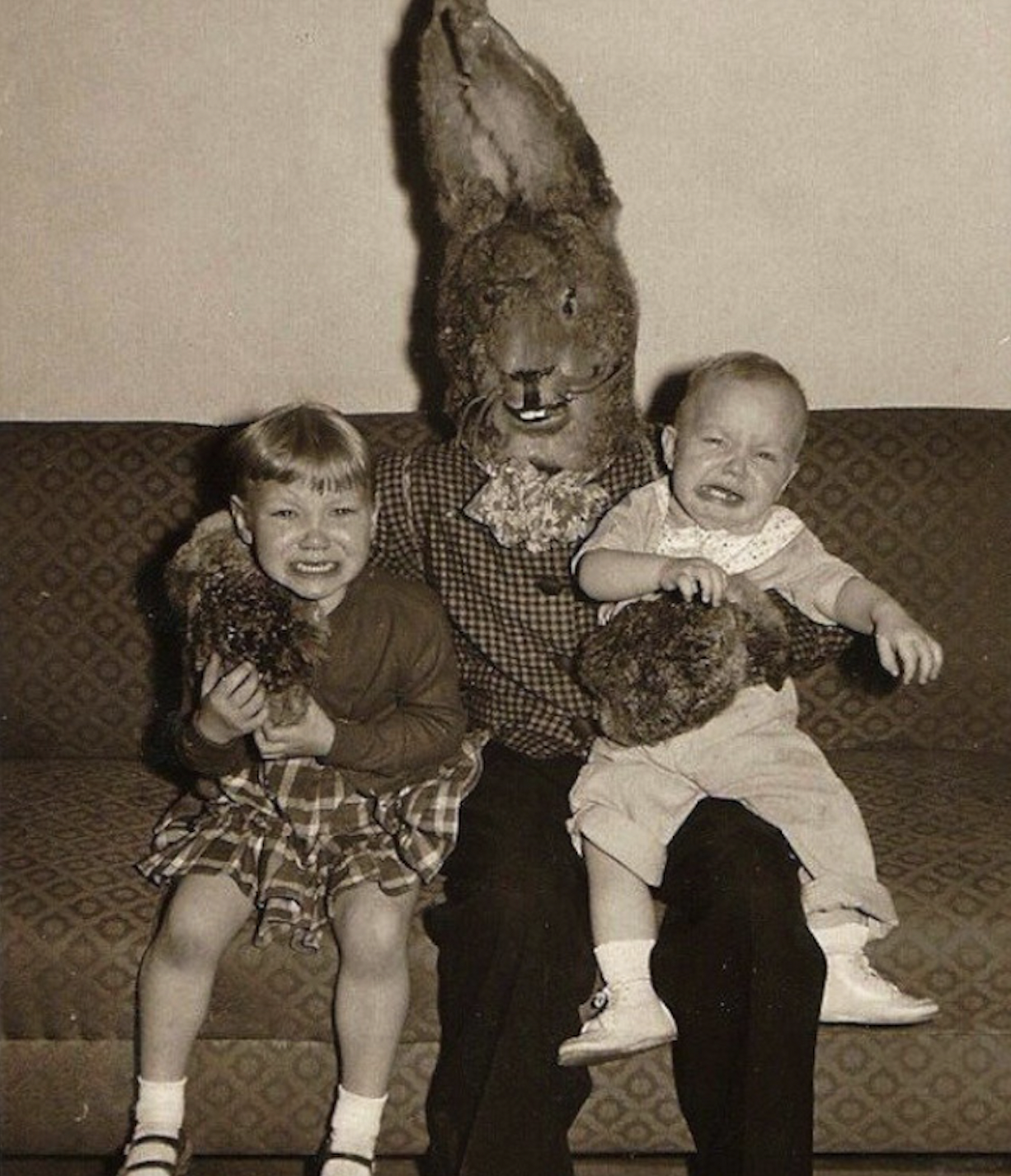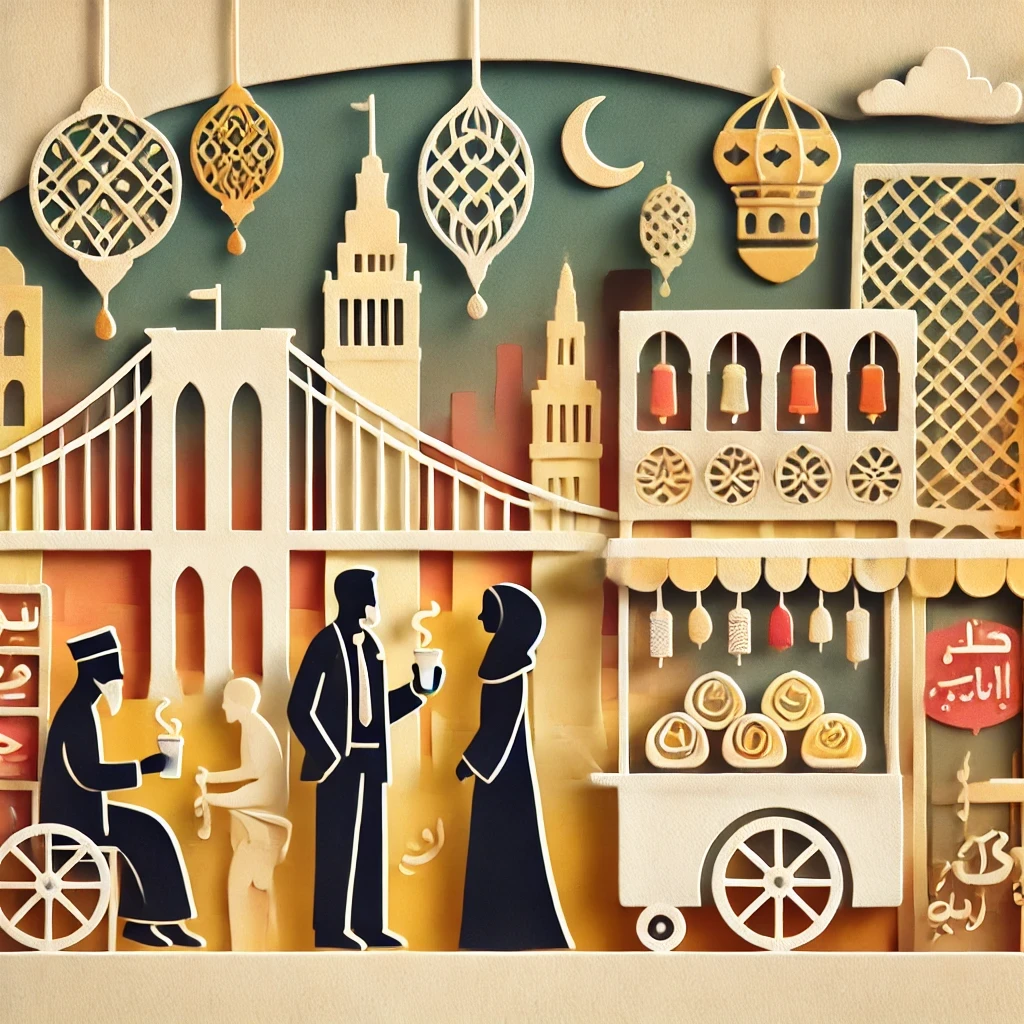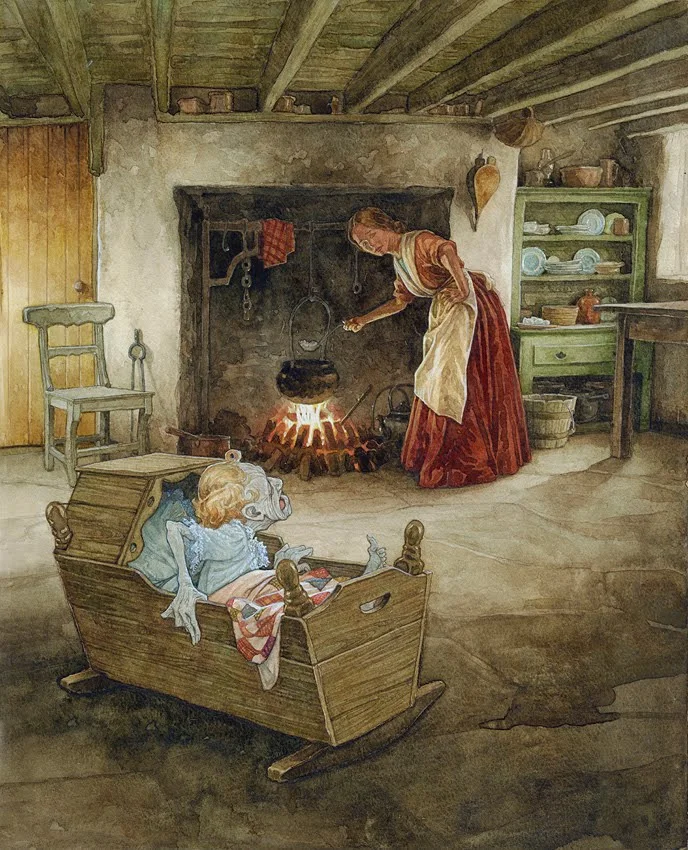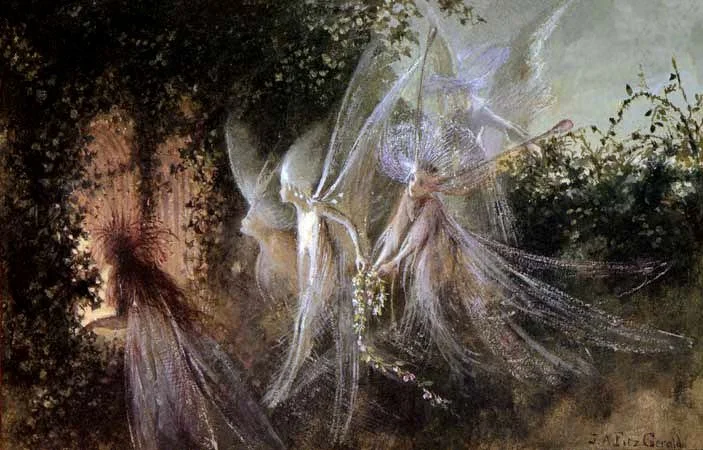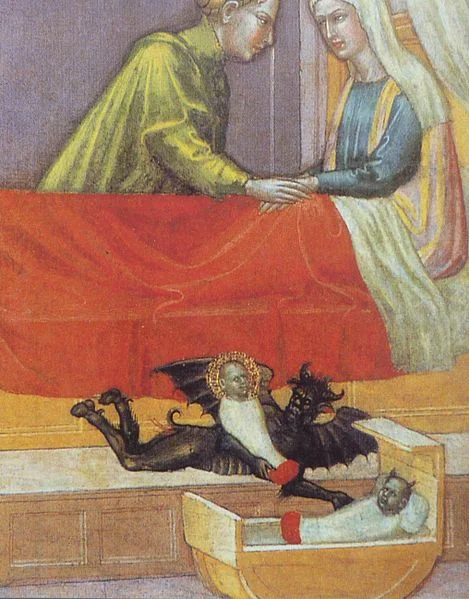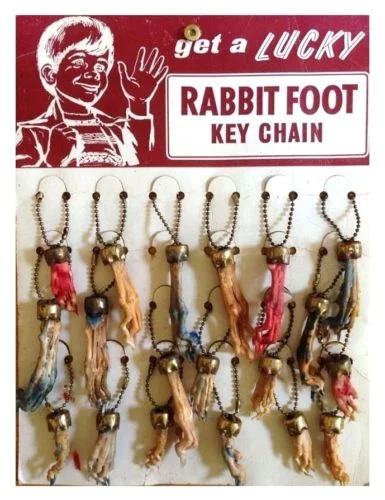This Wiccan holiday marks the balance of light and dark, where renewal, fertility and abundance flourish as the earth awakens to spring.
The earth hums with energy as daylight and darkness meet in perfect harmony. Budding flowers stretch toward the sun, animals stir from hibernation, and the air carries the promise of growth. All around, nature beckons us to awaken, just as the wheel of the year tips toward the season of light and abundance.
This is Ostara, the spring equinox, celebrated between March 20 to 23. Named for the mysterious goddess Eostre, Ostara is a festival of fertility, renewal, and planting both literal and metaphorical seeds. With its themes of balance and rebirth, this sabbat bridges the cold stillness of winter with the full bloom of summer ahead. Its mirror opposite on the wheel of the year is Mabon, the fall equinox and it follows Imbolc, which celebrates the first sprouts of spring in the frozen earth.
But while Ostara is deeply connected to Wiccan and pagan traditions, its origins are layered and mysterious. Let’s dive into its history, symbols and ways to celebrate this vibrant time of renewal.
The Meaning and Myth of Ostara
Ostara is widely believed to derive its name from the Anglo-Saxon goddess Eostre (also spelled Ostara). But here’s where it gets controversial: The primary historical source for Eostre’s existence comes from Bede, an 8th century monk, who wrote that her festival was celebrated in “Eosturmonath” (April). According to Bede, pagan feasts in her honor were eventually replaced by Christian celebrations of Easter.
And yet, no other historical records corroborate Bede’s account. Was Eostre a real goddess — or a poetic invention? Modern scholars debate this fiercely. While there’s no definitive proof of Eostre’s worship, her association with dawn, fertility and renewal fits neatly into broader pagan traditions. It’s possible that she embodies older, more universal myths tied to fertility goddesses like Freyja, Demeter and Persephone.
Regardless of historical certainty, modern Wiccans and pagans embrace Eostre as a symbol of spring’s arrival. Her imagery — rabbits, eggs and flowers — feels timeless, resonating deeply with the themes of balance, growth and new life celebrated at Ostara. Even Christians have co-opted these symbols in modern celebrations of Easter, including the Easter Bunny himself.
Ostara Traditions Through Time
Ostara’s modern observance blends ancient seasonal rituals with contemporary creativity. These traditions connect us to nature’s rhythms and honor the balance of light and dark.
Eggs and Hares: Eggs and rabbits didn’t start with Easter — these fertility symbols were likely part of pre-Christian spring rituals. Eggs symbolize potential and the rebirth of life, while hares, sacred to Eostre (according to legend), represent abundance and connection to the divine.
A fun surprise? Ancient pagan stories suggest the hare was seen as a lunar creature, tied to moon cycles and magical energy. Some even believed hares laid eggs — an idea that later inspired whimsical springtime myths.
Equinox Celebrations: The spring equinox, when day and night are perfectly balanced, was observed by many ancient cultures. The Druids celebrated Alban Eilir, the “Light of the Earth,” and decorated eggs to honor fertility. And ancient Greeks marked Persephone’s return from the Underworld, signaling the earth’s rebirth.
Seasonal Planting: Spring has always been a time to sow seeds — both in the earth and in life. Farmers honored this time with blessings for fertile fields, while modern pagans plant both gardens and intentions, infusing the act with magic.
Symbols of Ostara
Ostara is filled with rich imagery that captures the essence of spring’s renewal. These symbols are perfect for decorating altars, crafting or inspiring seasonal rituals.
Eggs: Eggs represent fertility, creation and the promise of new beginnings. Try decorating them with symbols like spirals, suns or runes for added magical energy.
Hares: Hares, sacred to Eostre, symbolize vitality and fertility. Including figurines or images of hares on your altar connects you to the season’s abundant energy.
Seeds and Flowers: Seeds carry the potential for growth, while spring flowers like daffodils, tulips and crocuses embody renewal and beauty.
The Colors of Spring: Green for growth, yellow for sunlight, and pastel tones reflect the gentle awakening of the earth.
Ostara Ritual: A Spell for Balance and Growth
At Ostara, Wiccans can align with the equinox’s energy by casting a spell to invite balance, harmony, and the promise of new growth into their lives.
What you’ll need (it’s OK to improvise if you have to):
Two candles (one white, one green)
A bowl of soil or seeds
A small dish of water
A flower or sprig of fresh herbs
A bell or chime
Step 1: Prepare the space.
Set your altar or sacred space with the candles, bowl of soil and dish of water. Dim the lights and play soft music to create a peaceful atmosphere. Cast a magic circle if you wish.
Step 2: Light the candles.
Light the white candle, symbolizing light and renewal, and the green candle, representing growth and fertility. Focus on the balance they create together. Say:
Light and dark, in harmony they meet,
Balance returns, the cycle complete.
Step 3: Plant your intention.
Hold the bowl of soil or seeds in your hands. Visualize your intentions for the coming season: goals, projects or qualities you wish to grow. Speak your intentions aloud as you sprinkle the seeds into the soil. Say:
Seeds of potential, planted with care,
Grow with the season, strong and fair.
Earth below and sun above,
Balance returns, life and love.These seeds I sow with hope anew,
Blessed by spring, they shall come true.
Step 4: Bless with water.
Dip your fingers into the water and sprinkle it over the soil, blessing it with the promise of nourishment. Say:
By water’s flow and earth’s embrace,
Growth and balance fill this space.
Step 5: Seal the spell.
Ring the bell or chime to signal the spell’s completion. Thank the elements and Eostre for their guidance. Extinguish the candles and keep the bowl of seeds in a sunny spot, tending to it as your intentions grow.
Ostara Feasts
Celebrate Ostara with a feast that honors spring’s abundance and the promise of growth.
Fresh Greens: Nothing says spring like bright, fresh salads, featuring ingredients like spinach, arugula and edible flowers.
Egg-Centric Dishes: Quiches, deviled eggs or frittatas bring fertility and renewal to the table.
Seeded Breads: Baking bread with seeds, like sunflower or poppy, represents planting and abundance.
Spring Sweets: Consider desserts infused with honey, lavender or lemon for a refreshing touch.
Ostara Crafts
Ostara is the perfect time to channel your creativity and celebrate the themes of renewal and balance through hands-on projects. These crafts connect you to the energy of spring while incorporating natural, sustainable materials and a dash of magic.
Naturally Dyed Eggs
Decorating eggs is one of Ostara’s most beloved traditions, symbolizing fertility and the promise of new life. Skip the chemical dyes and craft vibrant, all-natural colors from items in your kitchen.
What you’ll need:
Eggs (white eggs will give you the brightest results)
Large pots for boiling
Ingredients for natural dyes (see below)
White vinegar
Natural Dye Ingredients and Colors:
Red: Beetroot, pomegranate juice or hibiscus tea
Yellow: Turmeric or onion skins
Blue: Red cabbage leaves
Green: Spinach or parsley
Orange: Paprika or more onion skins
How to make the dyes:
Place your chosen ingredient in a pot with 2–3 cups of water. The more material you use, the richer the color.
Add 1–2 tablespoons of white vinegar to the pot to help set the dye.
Bring the mixture to a boil, then simmer for 20–30 minutes. Strain the liquid into a bowl and let it cool.
Submerge hard-boiled eggs in the cooled dye for at least 30 minutes—or leave them overnight in the fridge for deeper colors.
Pro tip: Wrap leaves, flowers or herbs around the eggs before dyeing and secure them with nylon stockings for a beautiful stenciled effect.
DIY Herb-Infused Ostara Candles
Candles are central to Ostara rituals, representing the growing sunlight and the goddess Eostre’s energy. Craft your own herb-infused candles to bring the scents and symbols of spring into your home.
What you’ll need:
Soy wax flakes or beeswax
Candle wicks
Small glass jars or tins
Dried herbs (lavender, rosemary, chamomile or mint work well)
Essential oils
A double boiler or heat-safe bowl over a pot of boiling water
How to make them:
Melt the wax in a double boiler, stirring gently until fully liquified.
Sprinkle a small amount of dried herbs into the bottom of your jars or tins.
Attach the wick to the center of the jar using a bit of melted wax or wick stickers.
Once the wax has melted, add a few drops of essential oil for extra fragrance.
Carefully pour the wax into the jar, covering the herbs, and let it set.
Trim the wick to about ¼ inch before lighting.
Pro tip: Use herbs that align with your intentions: rosemary for protection, lavender for peace or chamomile for balance.
Springtime Mobile
A spring-themed mobile adds a touch of whimsy and Ostara magic to your space. Use natural materials to represent the elements and the energy of renewal.
What you’ll need:
A sturdy branch or piece of driftwood
Twine or fishing line
Seasonal items: feathers, flowers, leaves, small crystals, seashells and charms
Scissors
How to make it:
Clean and dry your branch or driftwood.
Tie lengths of twine or fishing line to the branch.
Attach your chosen items to the dangling twine. Feathers can symbolize air, flowers represent earth, and crystals amplify energy.
Hang the branch horizontally in a window, above your altar, or in a garden to honor the balance and beauty of spring.
Pro tip: Use biodegradable materials if you plan to hang the mobile outdoors.
Painted Terracotta Pots
Ostara is a season for planting, so why not decorate your garden pots with symbols of growth and renewal?
What you’ll need:
Terracotta pots
Acrylic or outdoor paint
Paintbrushes
Stencils or masking tape for patterns
How to make them:
Clean and dry the pots to ensure paint adheres properly.
Use stencils or masking tape to create patterns or designs. Think spirals for growth, sun symbols for light, or runes for magical intentions.
Paint the pots, letting each layer dry before adding the next.
Seal the design with a clear outdoor sealant if the pots will be exposed to the elements.
Pro tip: Use these pots to plant seeds during your Ostara ritual and watch your intentions grow alongside the seedlings.
Wildflower Seed Bombs
Seed bombs are a fun and eco-friendly craft that lets you spread the beauty of Ostara wherever you go. They’re great for attracting pollinators and adding bursts of color to bare patches of earth.
What you’ll need:
Wildflower seeds (native species are best)
Compost or potting soil
Powdered clay (available at garden centers)
Water
How to make them:
Mix 2 parts compost, 1 part powdered clay, and your wildflower seeds in a bowl.
Slowly add water, mixing until the mixture holds together like dough.
Roll the mixture into small balls (about the size of a marble).
Let the seed bombs dry for 24–48 hours.
Scatter them in your garden, along trails, or in unused spaces to spread beauty and life.
Pro tip: Include a mix of flowers that bloom at different times to extend the season’s vibrancy.
Crafting at Ostara is a way to honor the energy of spring, connect with nature, and bring magic into your life. Whether you’re dyeing eggs with kitchen magic, crafting candles or scattering seed bombs, these projects celebrate the season’s themes of balance, fertility and renewal.
Embracing the Magic of Ostara
Ostara is an invitation to align with the rhythms of nature, balance your life, and plant the seeds of your dreams. Whether through rituals, crafting, feasting or simply soaking in the spring air, this sacred celebration connects us to the cycles of life, death and rebirth.
May your Ostara be filled with harmony, hope, and the vibrant energy of spring. Blessed be. –Wally

